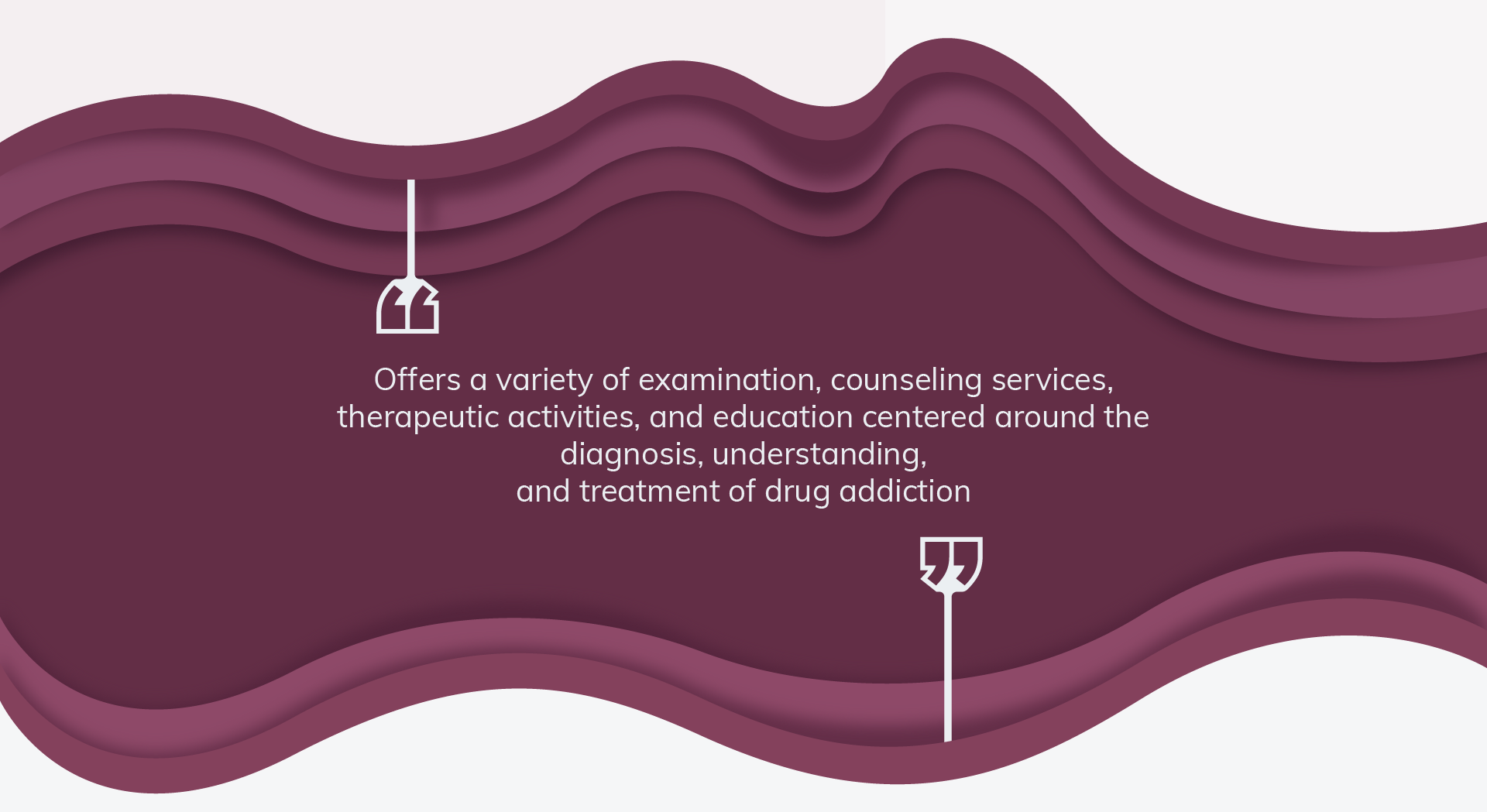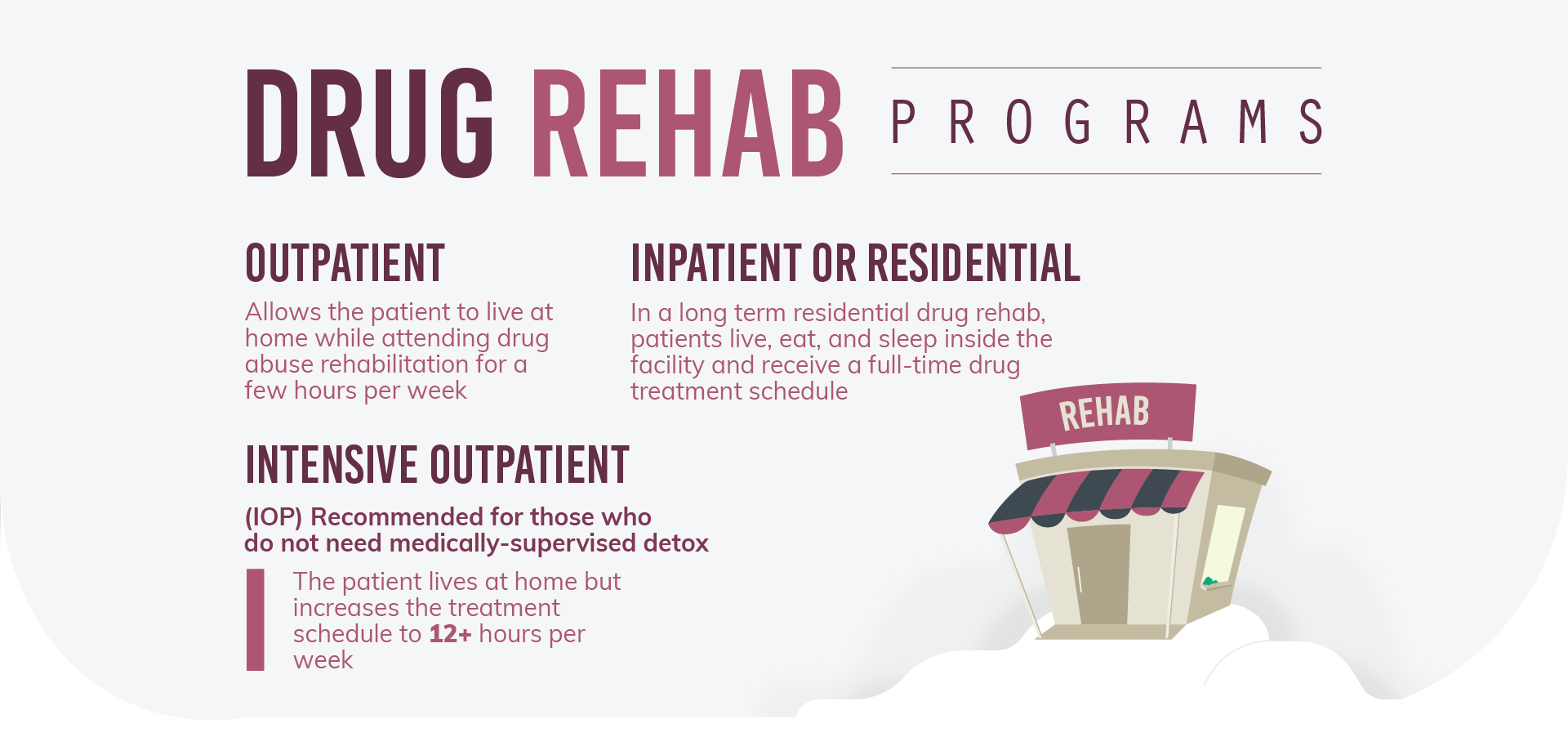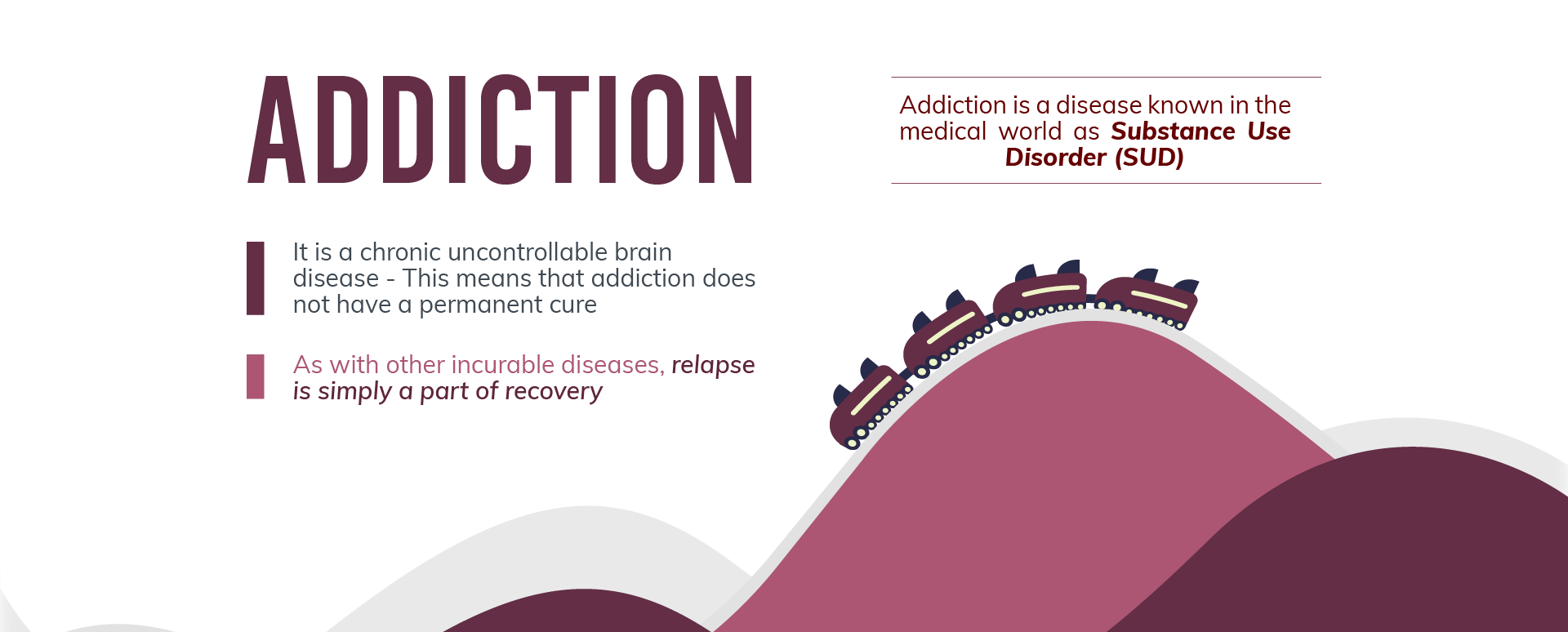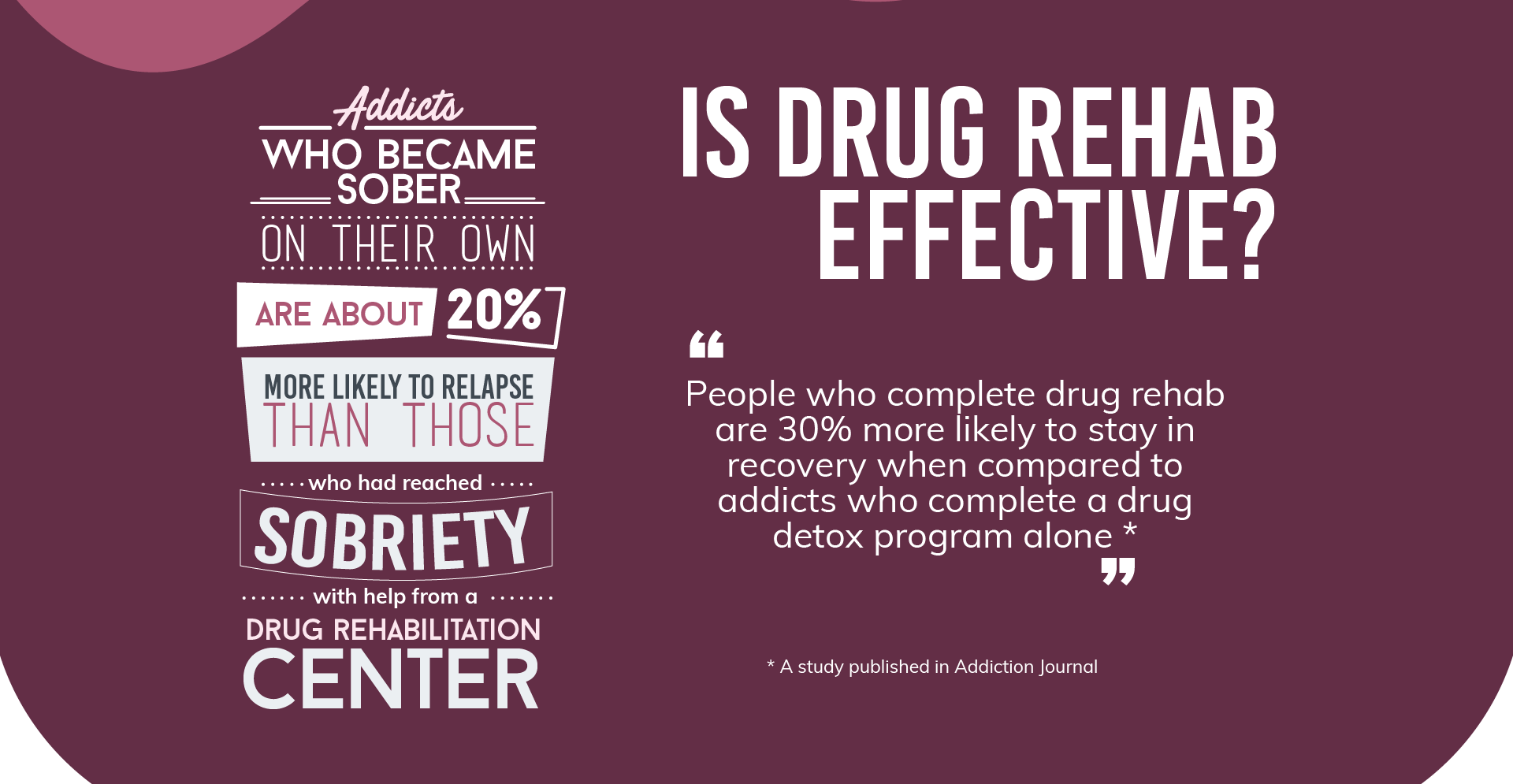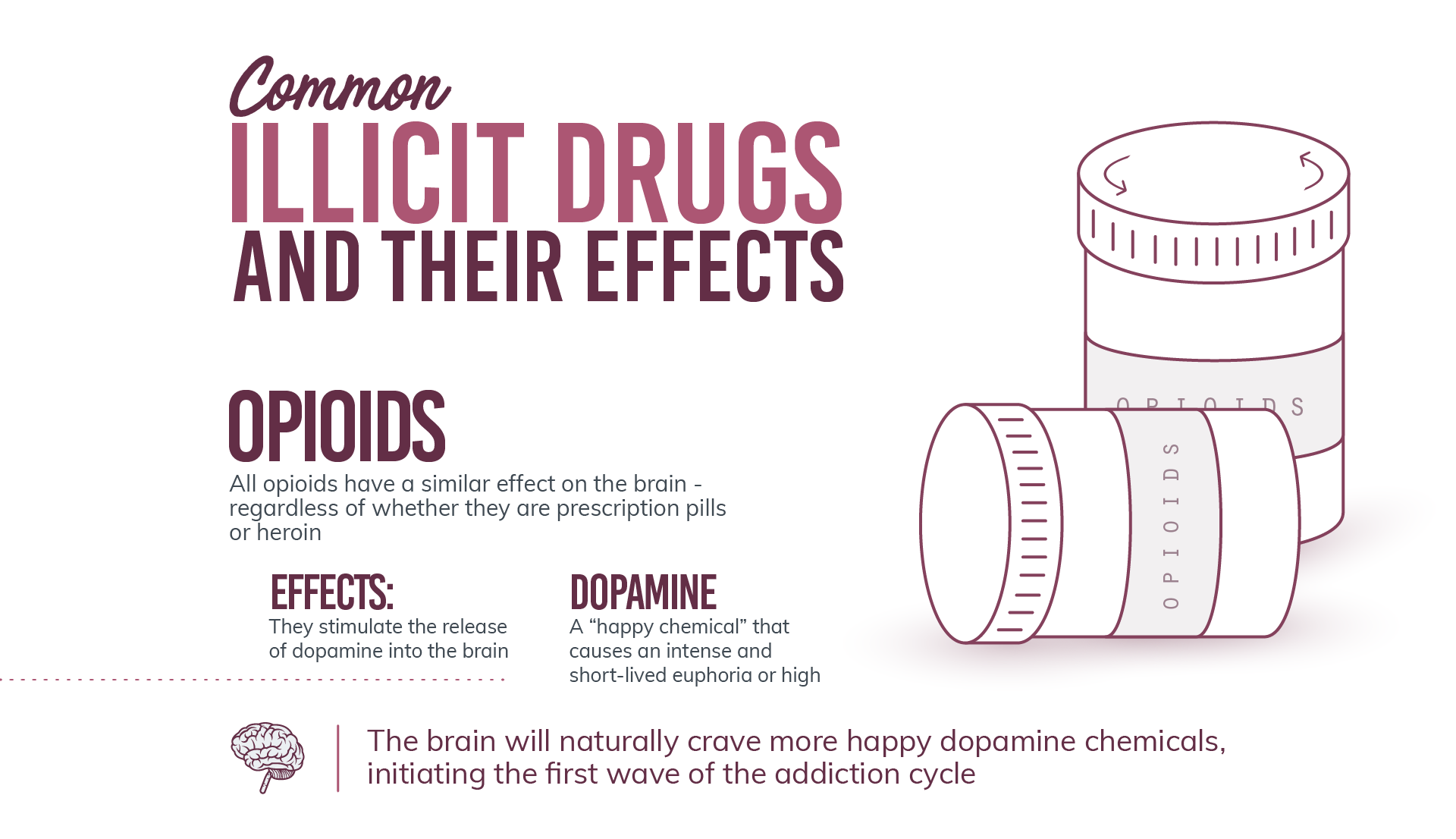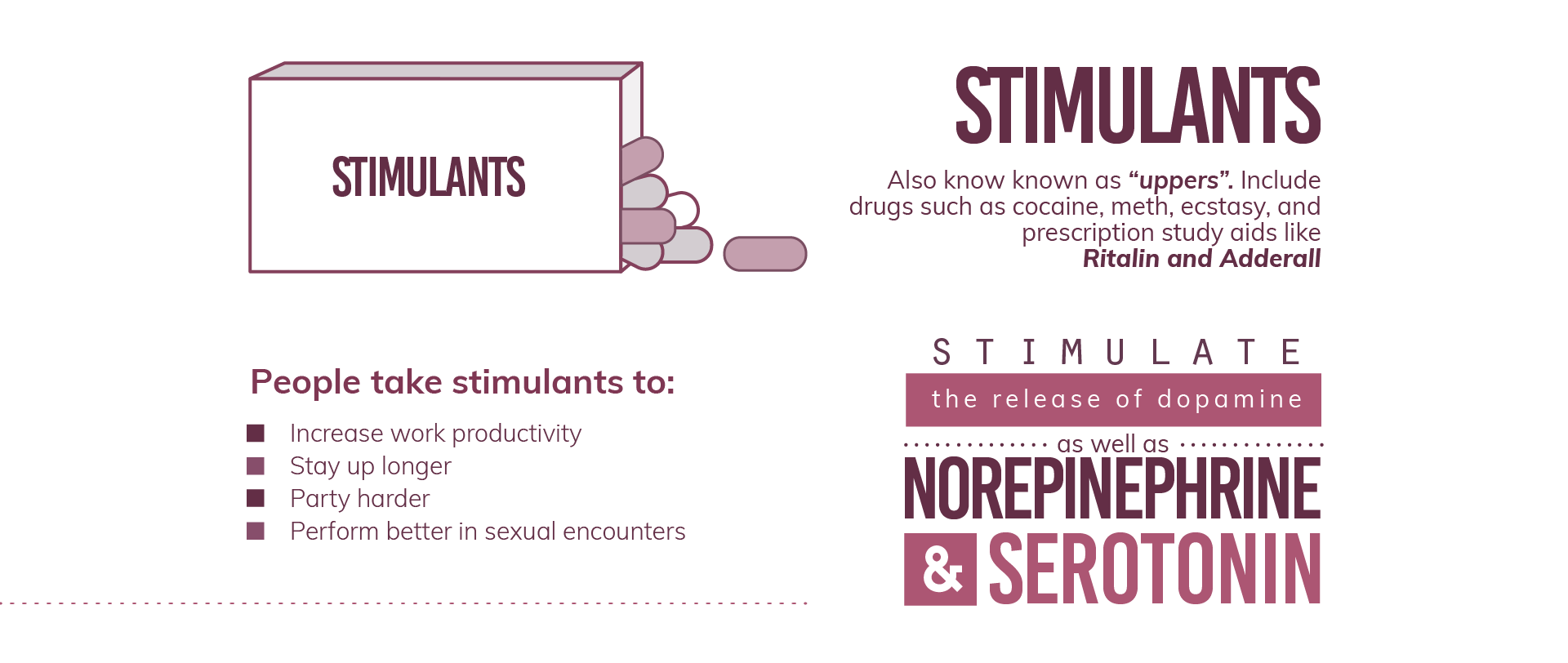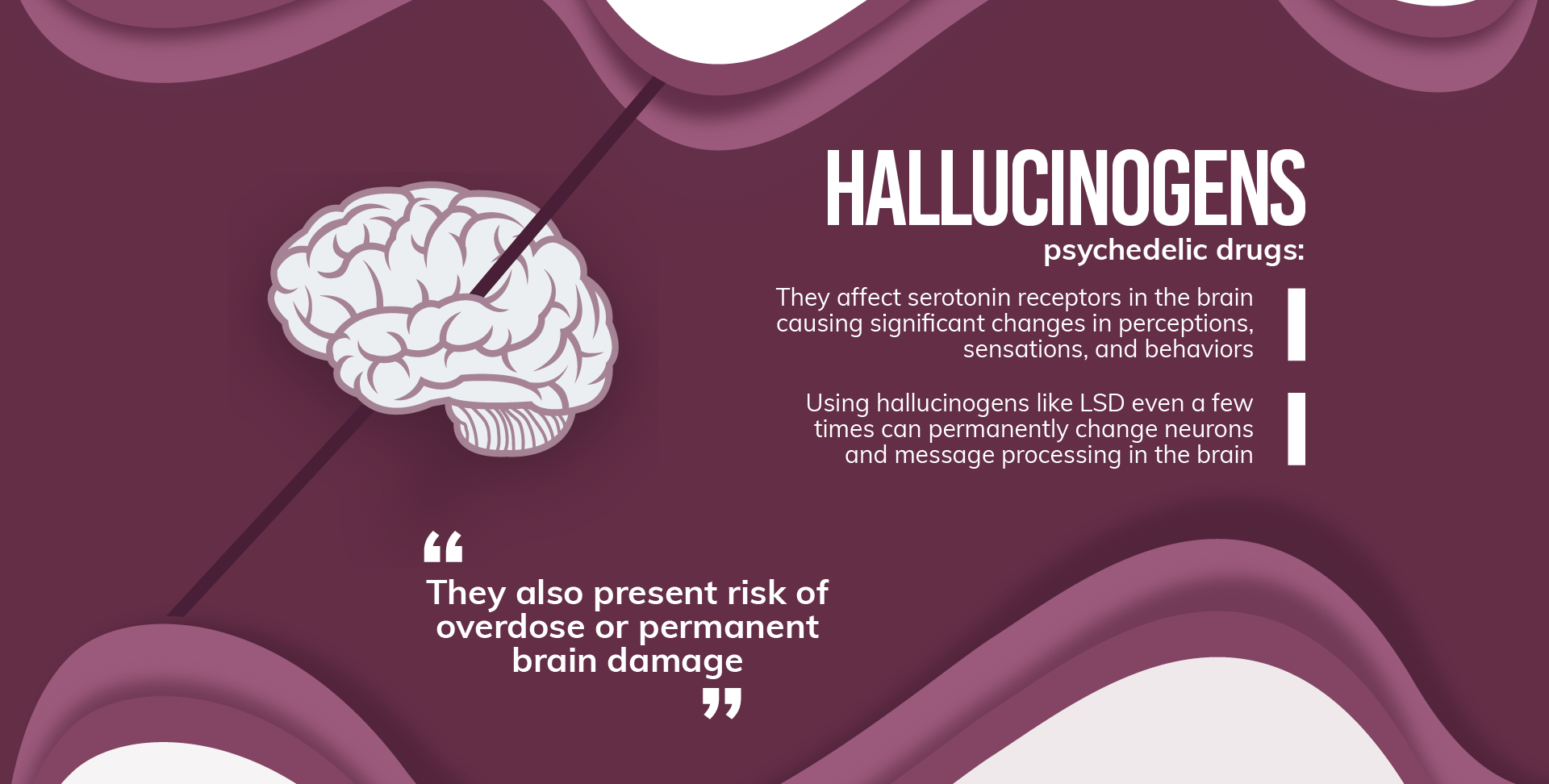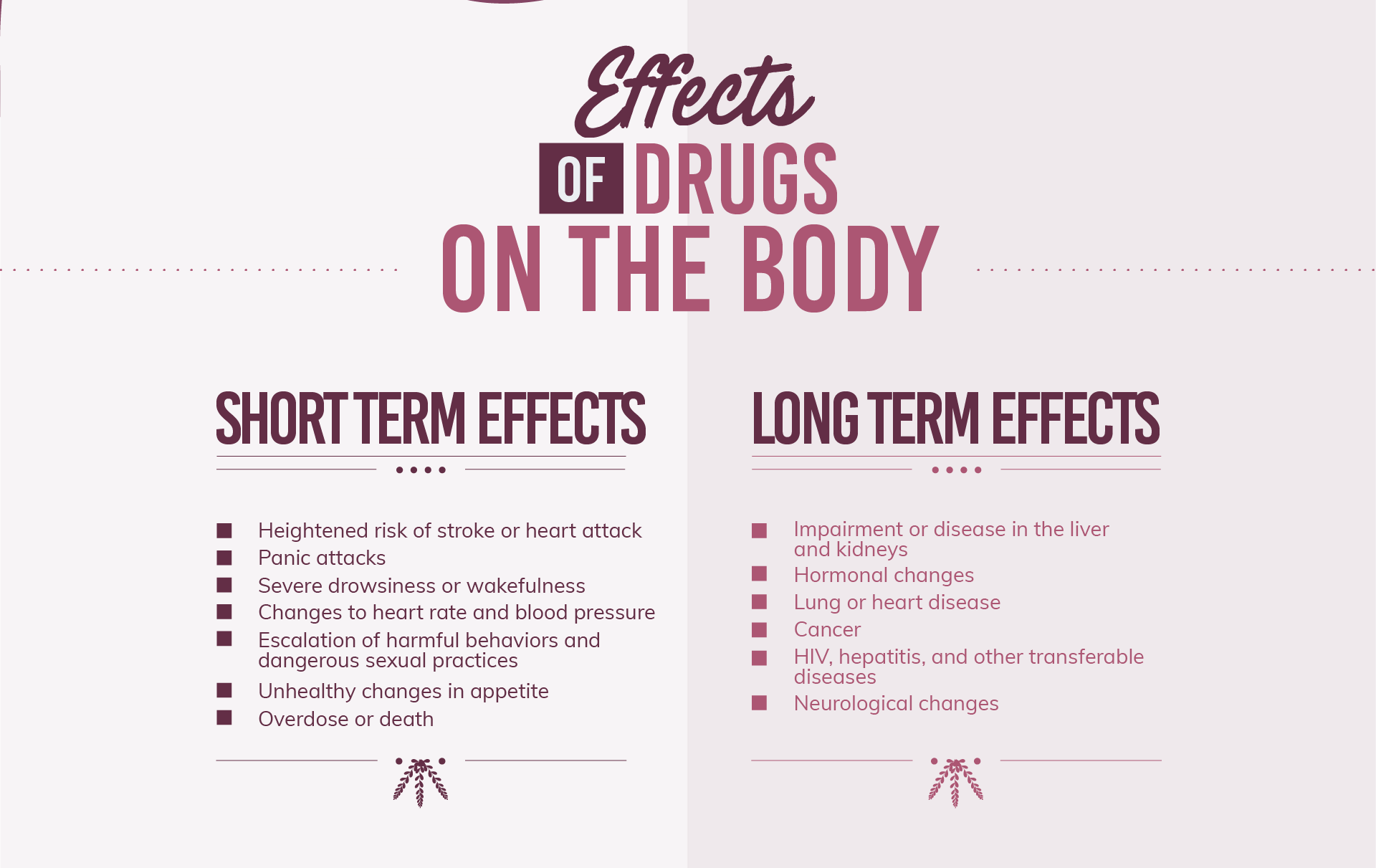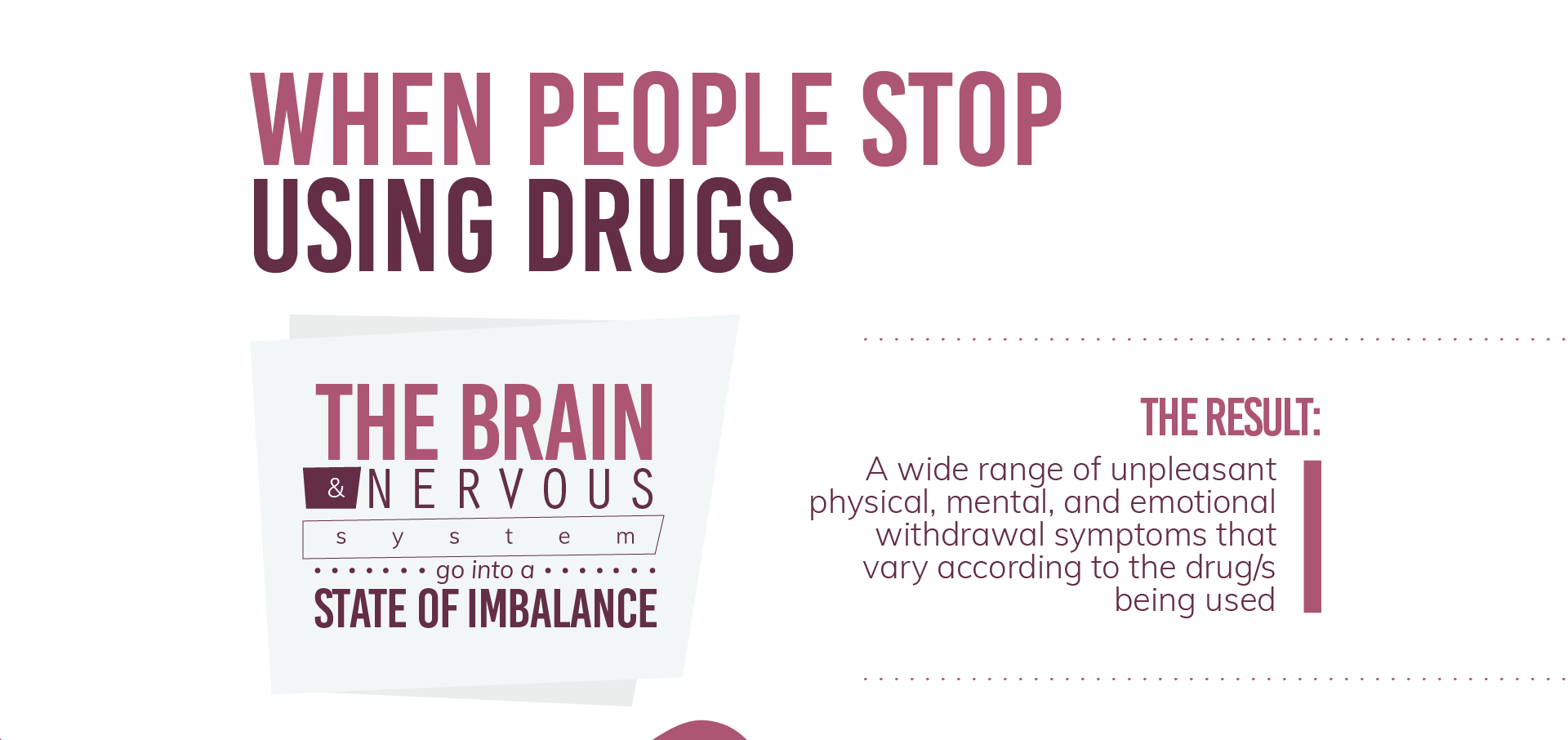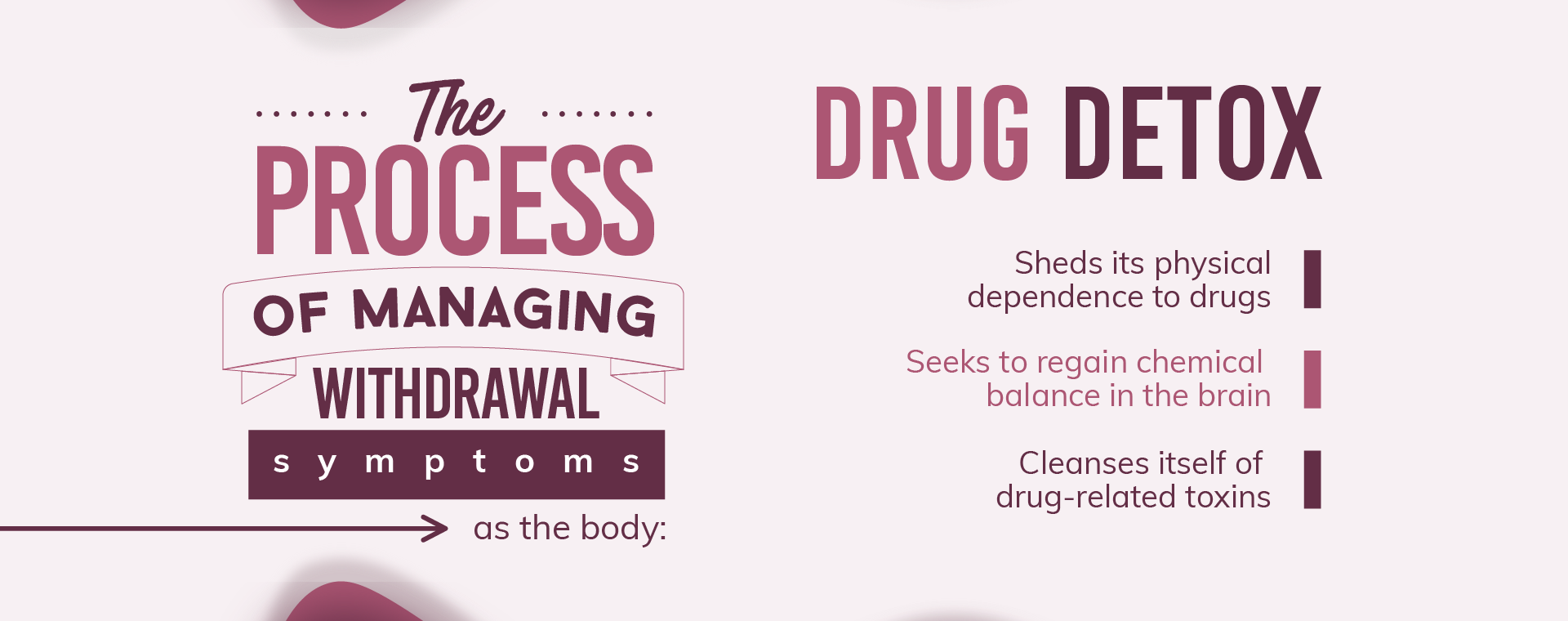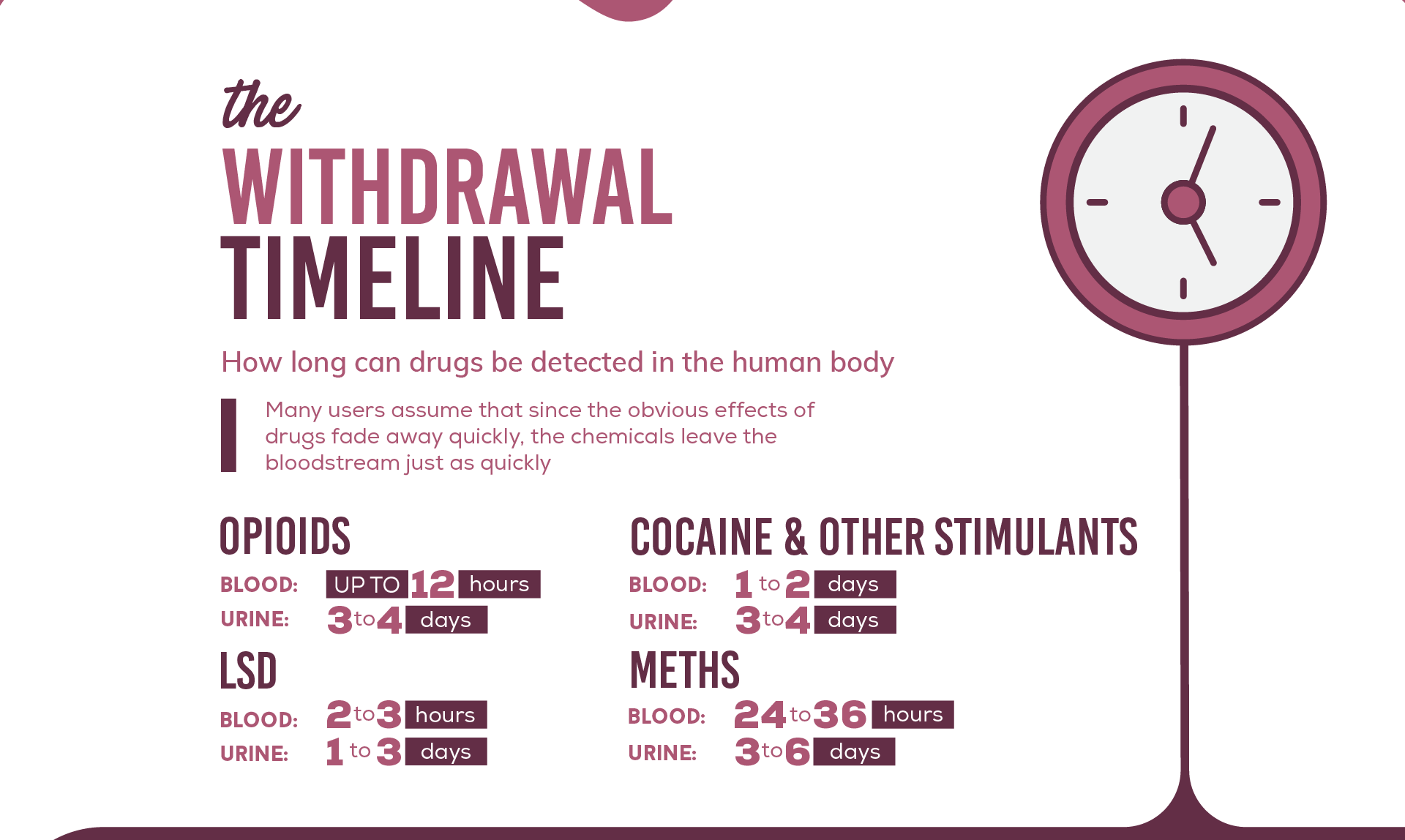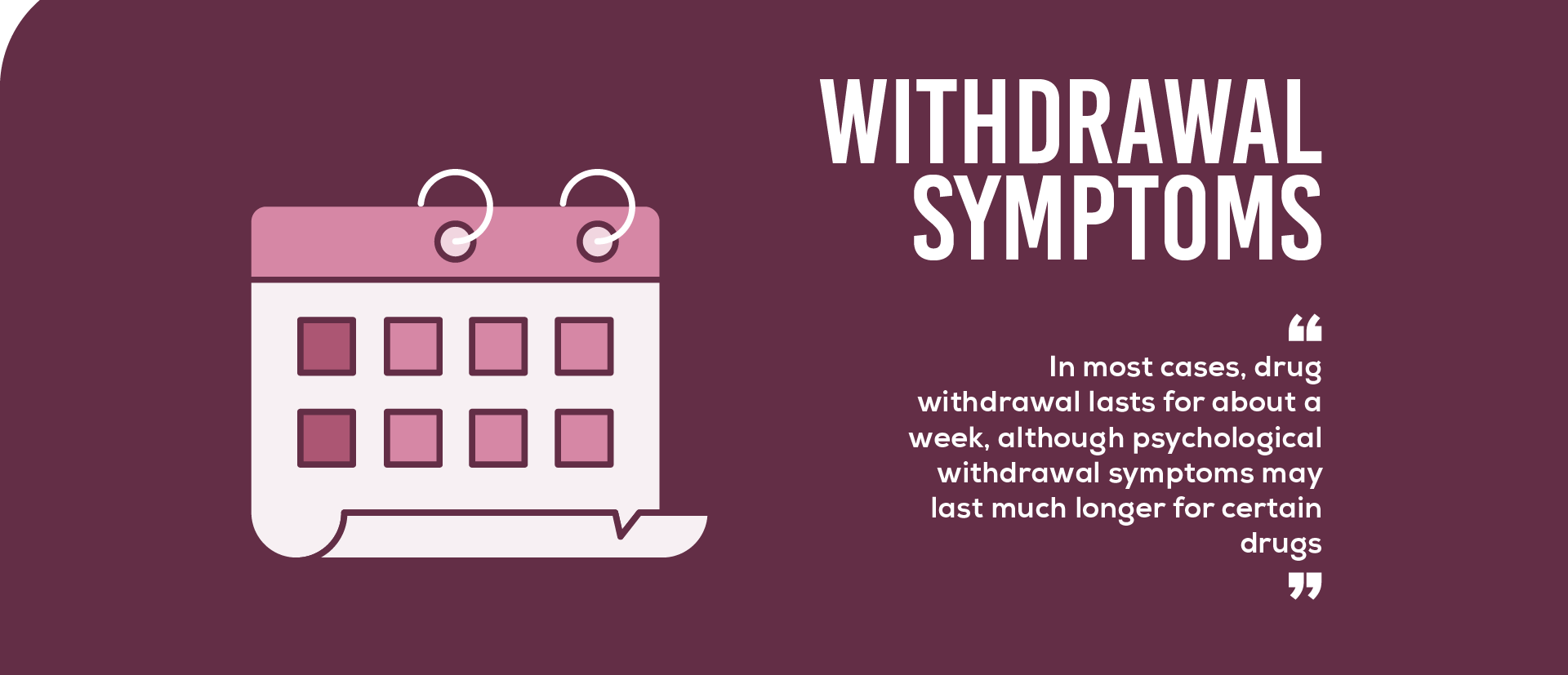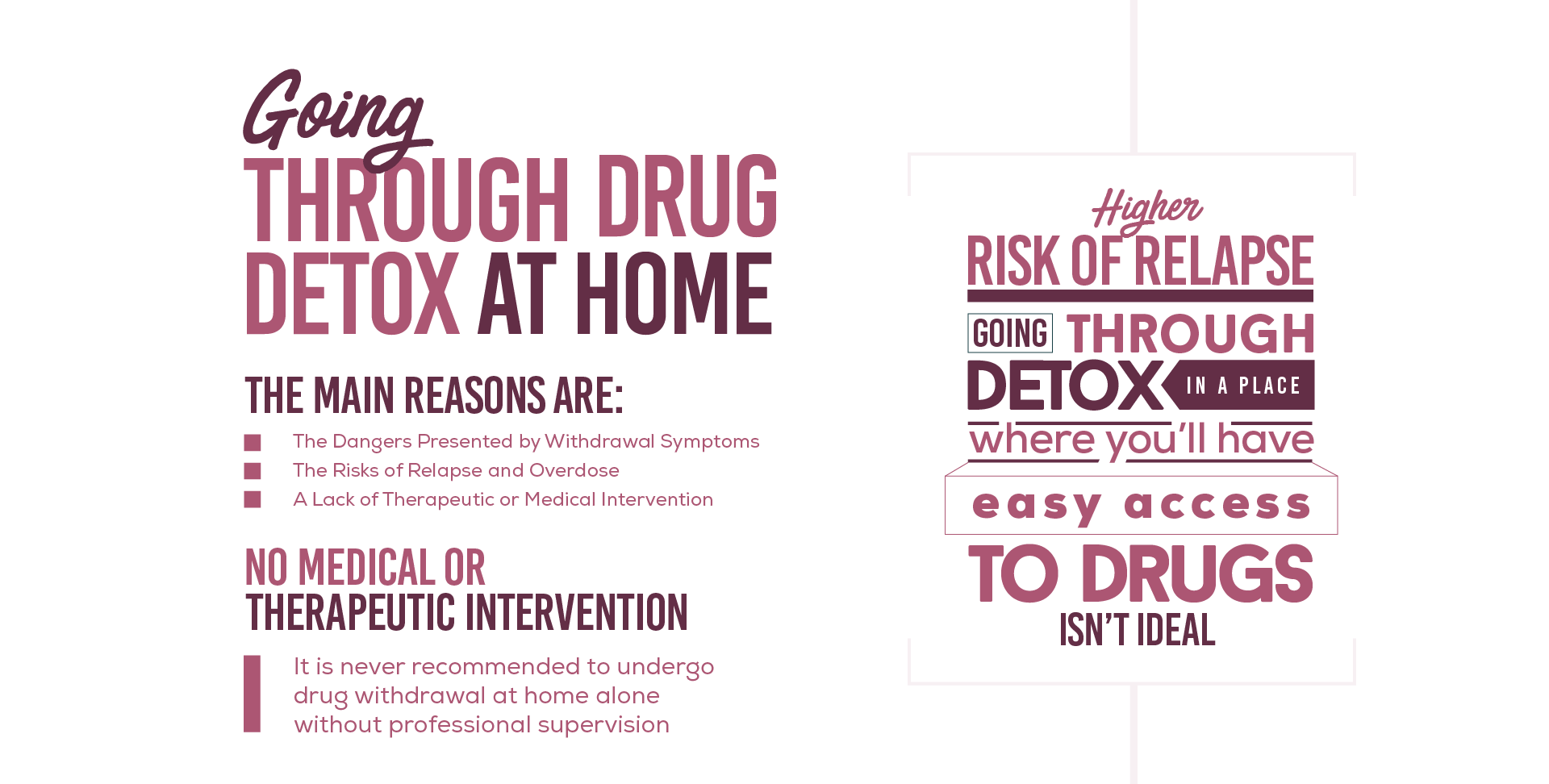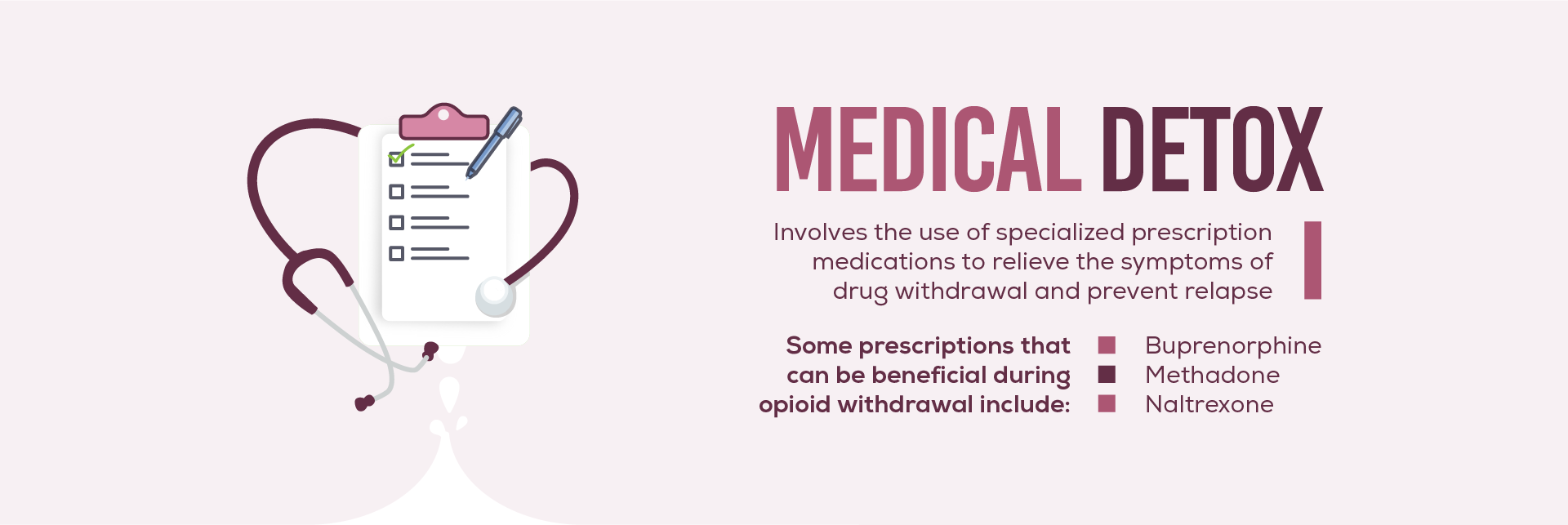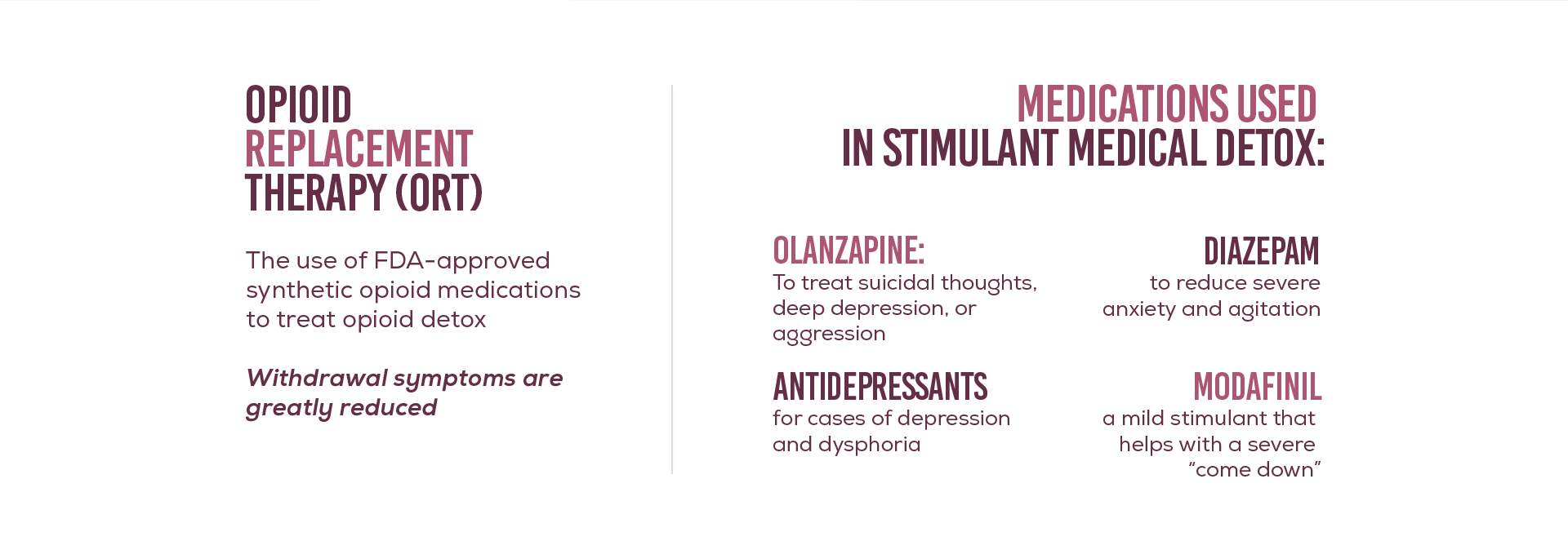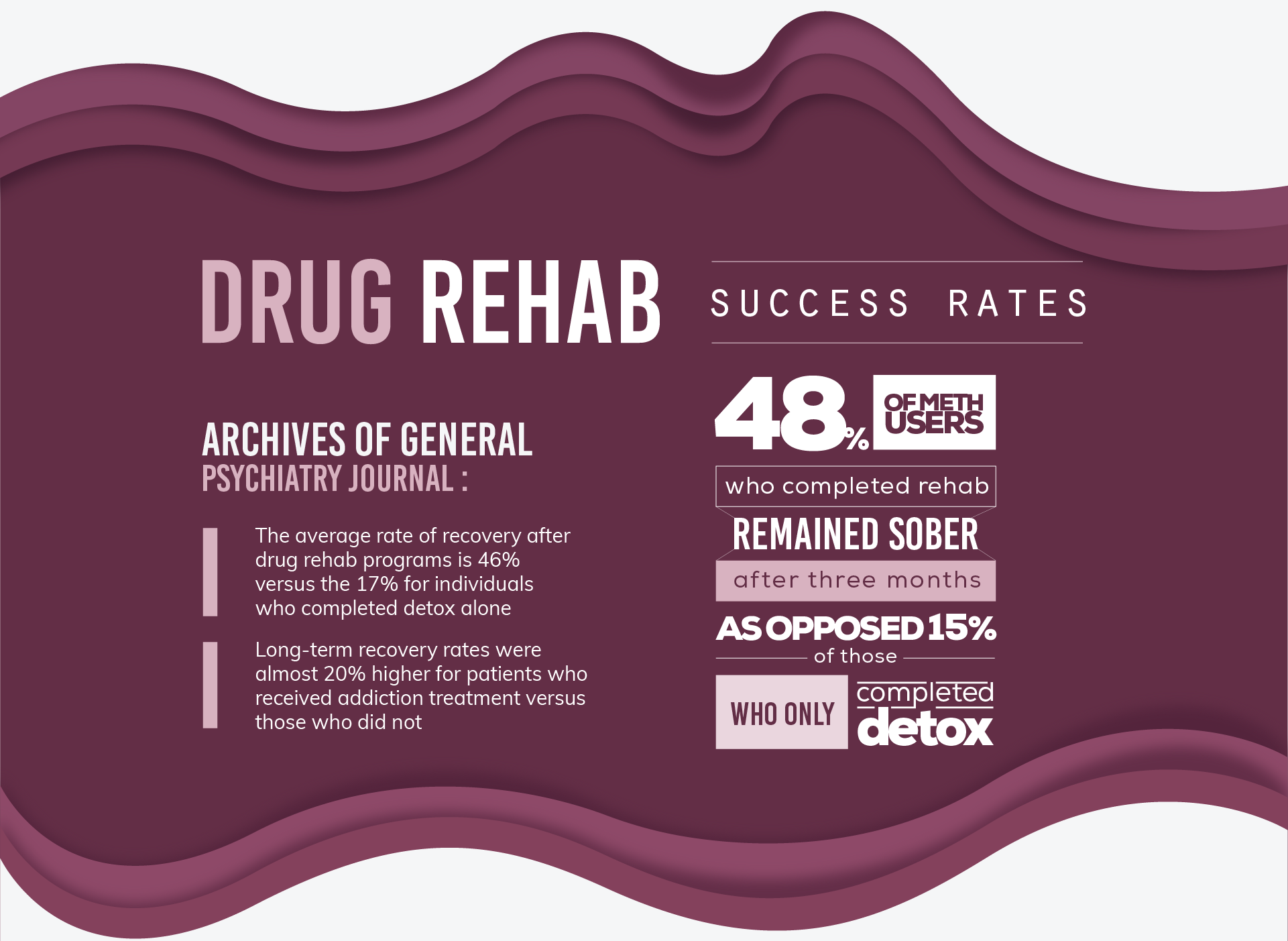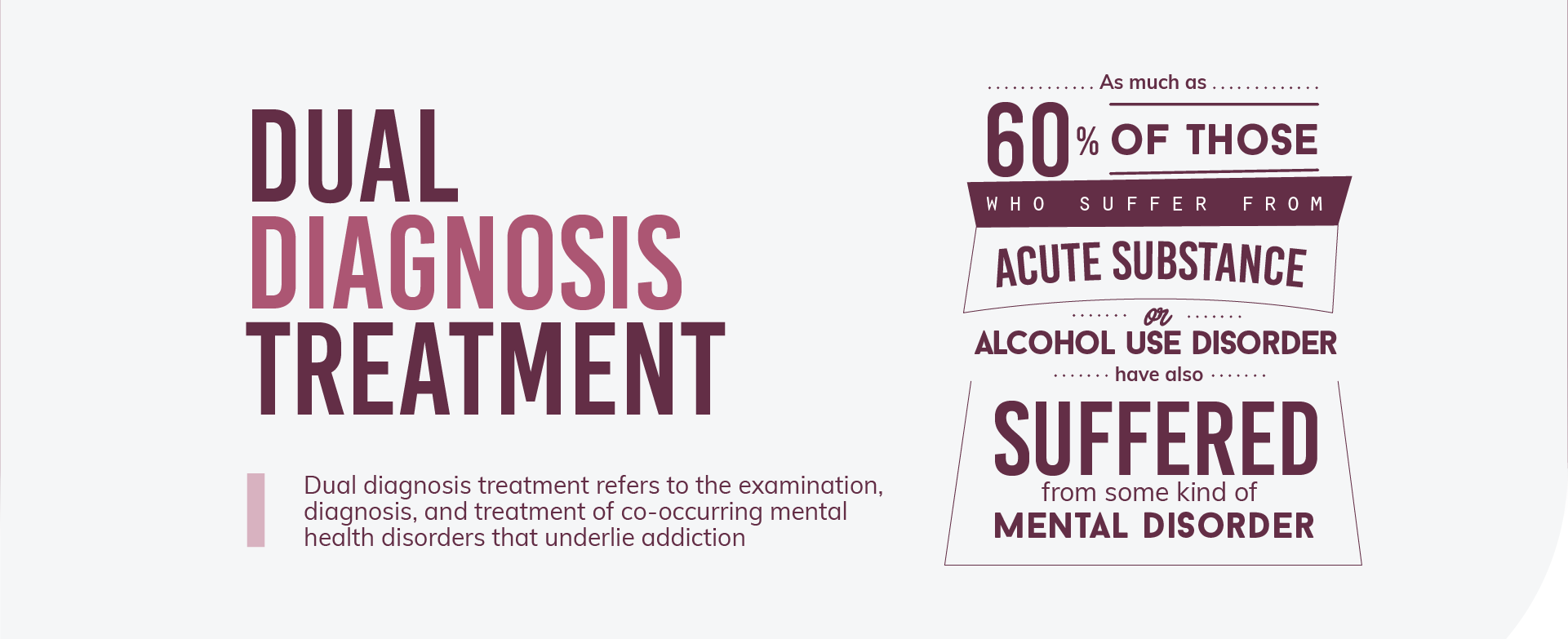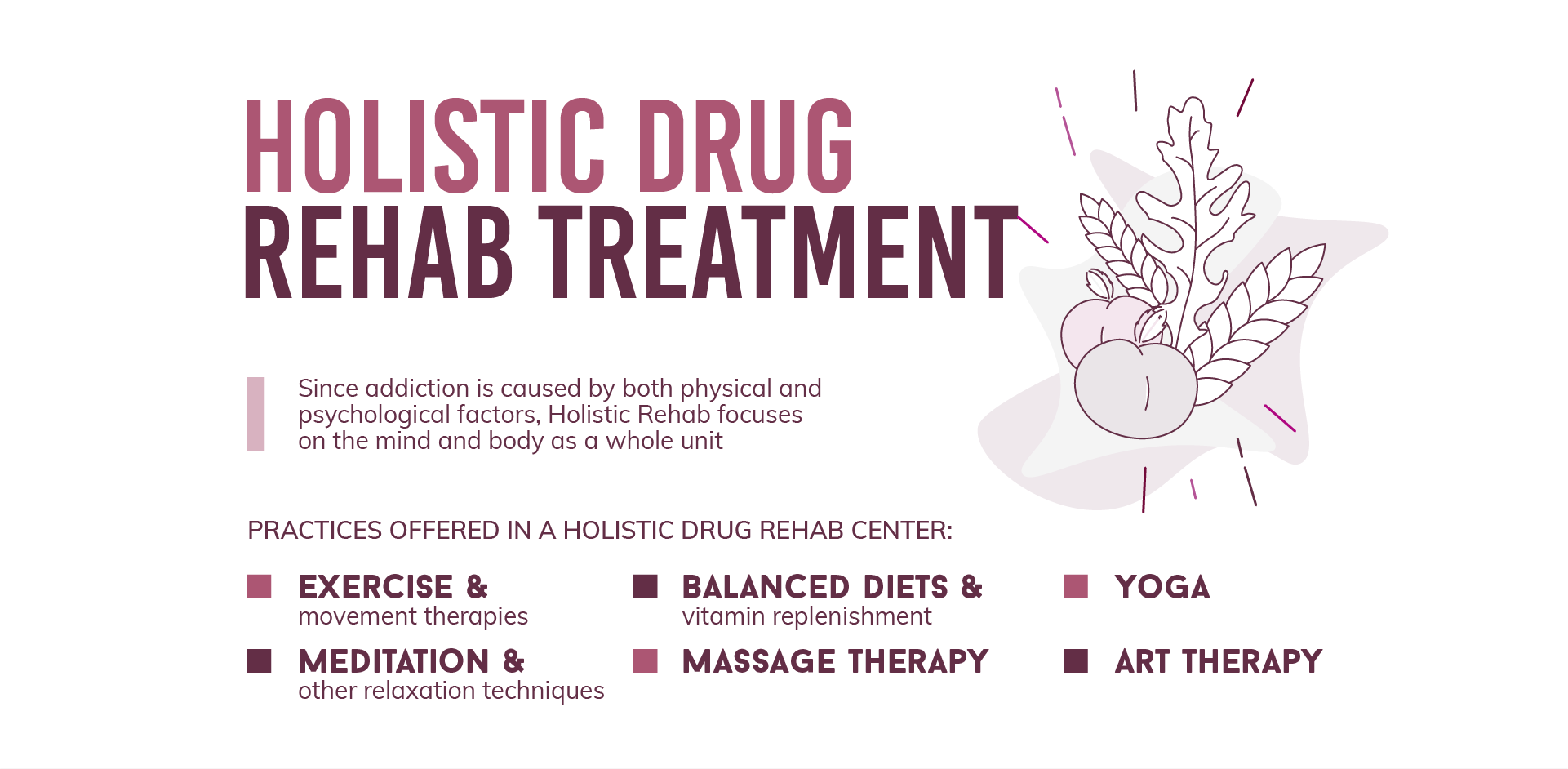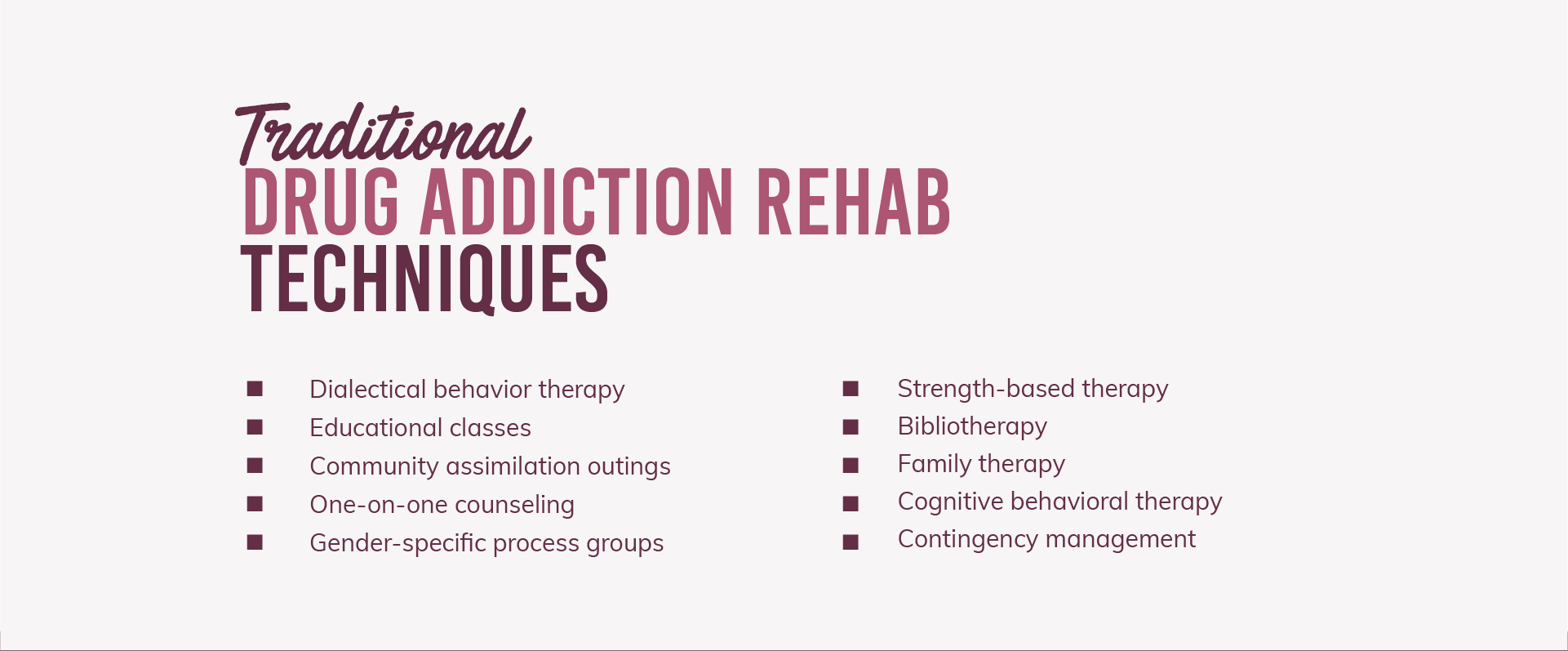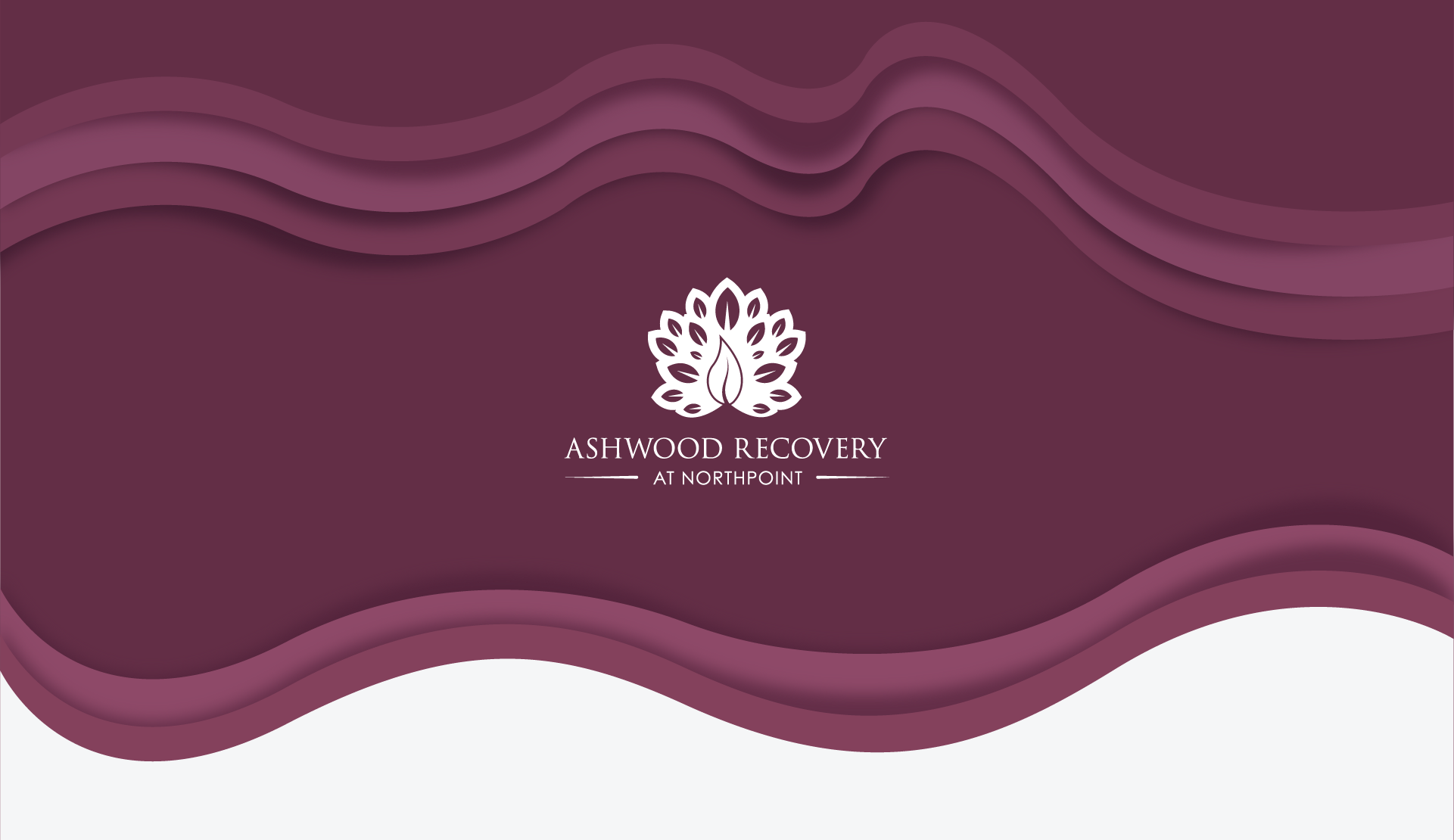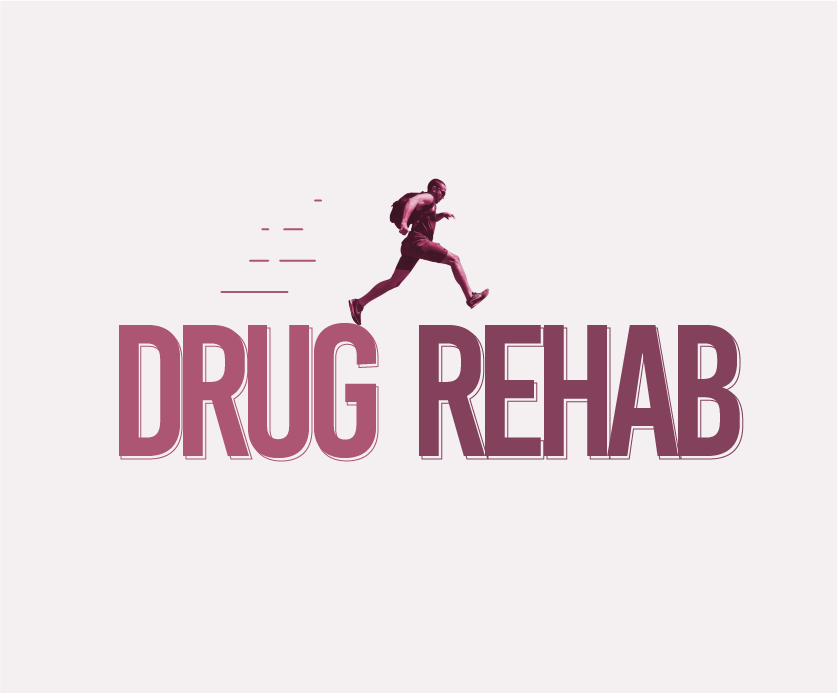
There are a lot of myths surrounding addiction. Some lies are bandied about within popular culture, such as, "Addiction is a choice." or "Weak minded people fall prey to addiction." Other lies are those we tell ourselves - such as, "I need to use drugs to keep my creative juices flowing," or "Uppers make me more productive."
Chances are, if you suffer from addiction or know someone who does, you've heard some of these myths or even told them to yourself. Some of the greatest minds of our time have stumbled over these myths. Stephen King was convinced for over 20 years that he wouldn't be a good writer if he gave up drugs and alcohol. It was during those years that he said,
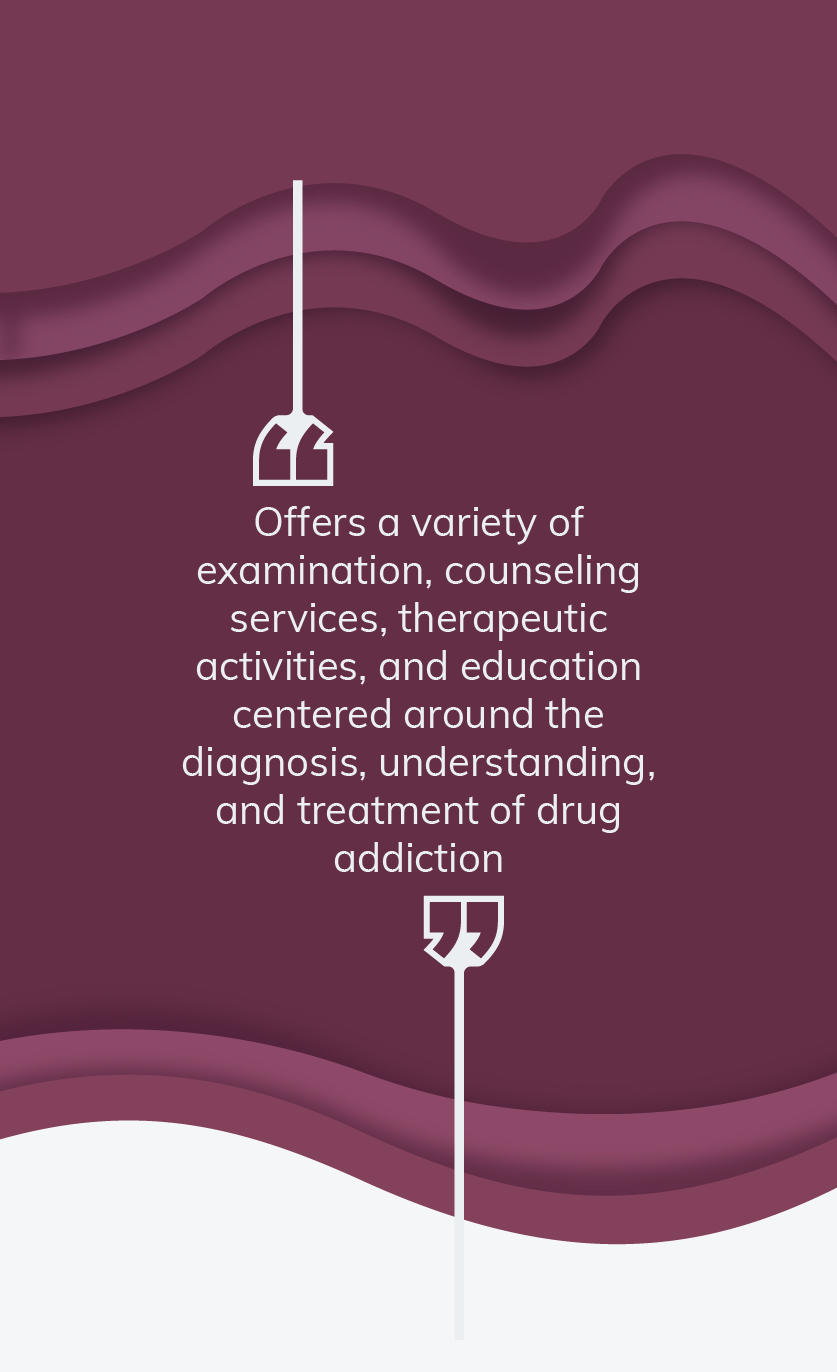
"It may be that the main effect of the grain or the grape on the creative personality is that necessary sense of newness and freshness, that feeling that the world of sense and feeling can be grasped."
King made this statement in 1978, a time when he was reportedly drinking a case of beer every day. In 1986, his wife staged an intervention, insisting that he quit drinking and using cocaine, or she would leave with their three children. Fast forward 22 years, and this is what Stephen King had to say about drinking for creativity in 2000:
"The idea that the creative endeavor and mind-altering substances are entwined is one of the great pop-intellectual myths of our time. ... Substance abusing writers are just substance abusers — common garden variety drunks and druggies, in other words. Any claims that the drugs and alcohol are necessary to dull a finer sensibility are just the usual self-serving bullshit."
As you can see, Stephen King learned to stop lying to himself and gained freedom from addiction. He took full ownership of his mistakes and admitted them openly. He has been sober for over 30 years.
This is one of the many objectives of rehab drug treatment - to tear away the lies and help us to see the truth about addiction. If you or someone you know seems to be in danger from drug abuse, call an addiction hotline right away to consult an addiction specialist.
What Is Drug Abuse Rehabilitation?
Drug rehab offers a variety of examination, counseling services, therapeutic activities, and education centering around the diagnosis, understanding, and treatment of drug addiction. You can read a more in-depth description of these individual services at the Substance Abuse and Mental Health Services Administration (SAMHSA). There are several drug rehabilitation options:
- Outpatient (OP): Outpatient treatment allows the patient to live at home while attending drug abuse rehabilitation for a few hours per week.
- Intensive Outpatient (IOP): Intensive outpatient also allows the patient to live at home but increases the treatment schedule to 12+ hours per week.
- Inpatient or Residential Rehab: In a long term residential drug rehab, patients will live, eat, and sleep inside the facility and receive a full-time drug treatment schedule.
There are many approaches to drug rehab, from holistic wellness treatments to technology-influenced styles. This article will discuss why rehab works, as well as some of the methods used to understand and treat addiction.
Is Drug Rehab Effective?
Another myth in the world of addiction is that drug rehabilitation doesn't work because everyone knows someone who completed rehab and then relapsed. This blasé cynicism is borne of ignorance. Addiction is a disease known in the medical world as substance use disorder. Not only is it an uncontrollable brain disease; it is also chronic, meaning that addiction does not have a permanent cure. As soon as you come to terms with this aspect of addiction you can understand why relapse happens.
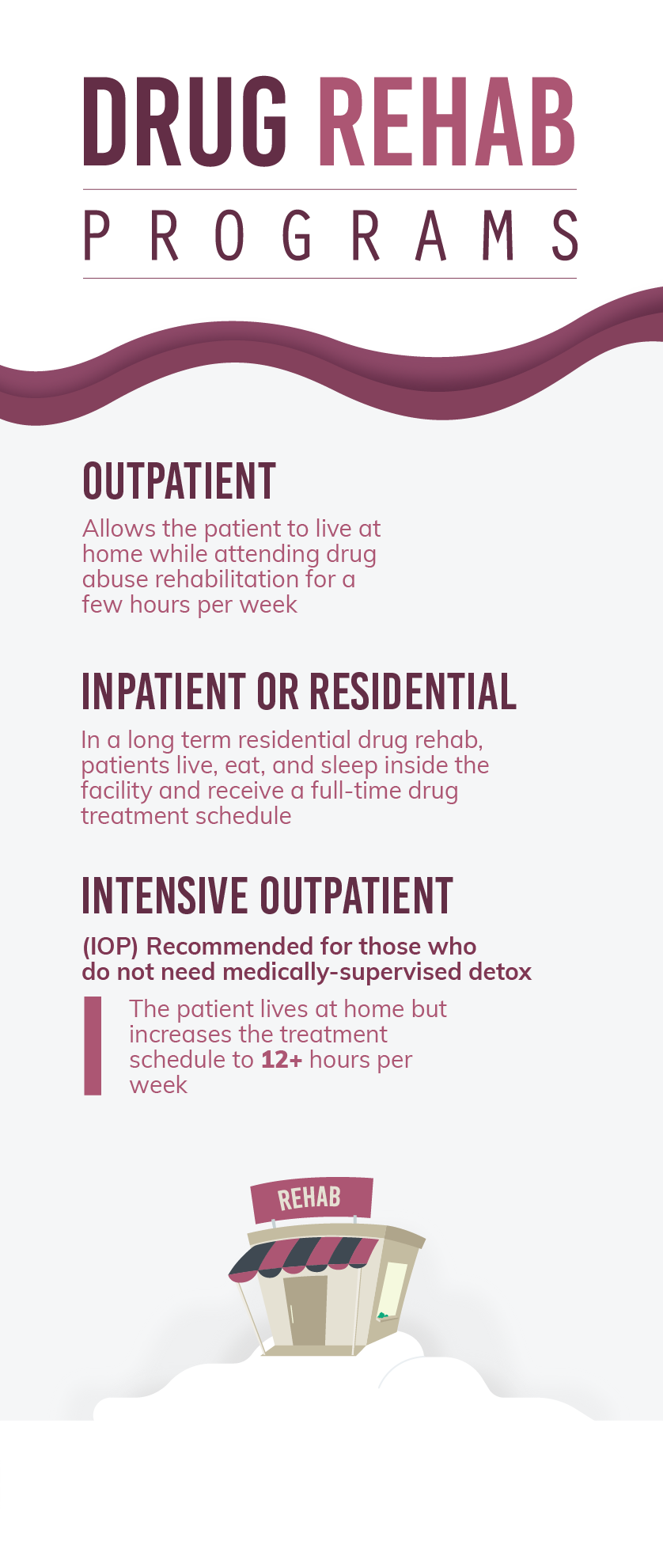
As with other incurable diseases, relapse is simply a part of recovery. Although relapse is somewhat common among addicts, that is not to say that relapse is perfectly acceptable or that addiction cannot be treated. Relapse can be temporary and in many cases, it can be prevented. Furthermore, according to the numbers, drug treatment helps.
A study published in Addiction Journal found that addicts who became sober on their own were about 20% more likely to relapse than those who had reached sobriety with help from a drug rehabilitation centre. Other surveys reveal that people who complete drug rehab are 30% more likely to stay in recovery long-term when compared to addicts who had completed a drug detox program alone.
Why does drug rehabilitation work? There are many factors that go into a quality drug rehab program, but some of the most important tools provided in drug rehab are:
- An understanding of your own personal addiction.
- A diagnosis and exploration of the mental conditions that underlie your addiction.
- Insight into the causes of addiction and the individual triggers that can set it off.
- Tools for coping with the triggers and cravings of everyday life.
Most of these ideas require examination and counseling by licensed doctors, psychiatrists, and counselors. In most cases, these are not tools that you will find easy to explore and develop on your own.
Common Illicit Drugs and Their Effects
Before getting into the particulars of drug rehab, let's discuss the illicit substances that cause addiction and how they work on the brain and body.
Opioids
Since the opioid epidemic erupted during the early 1990s, death by overdose has become the leading cause of accidental death in the United States. Unfortunately, many such addictions occurred by accident after doctors prescribed prescription opioids for pain following a surgery or traumatic injury.
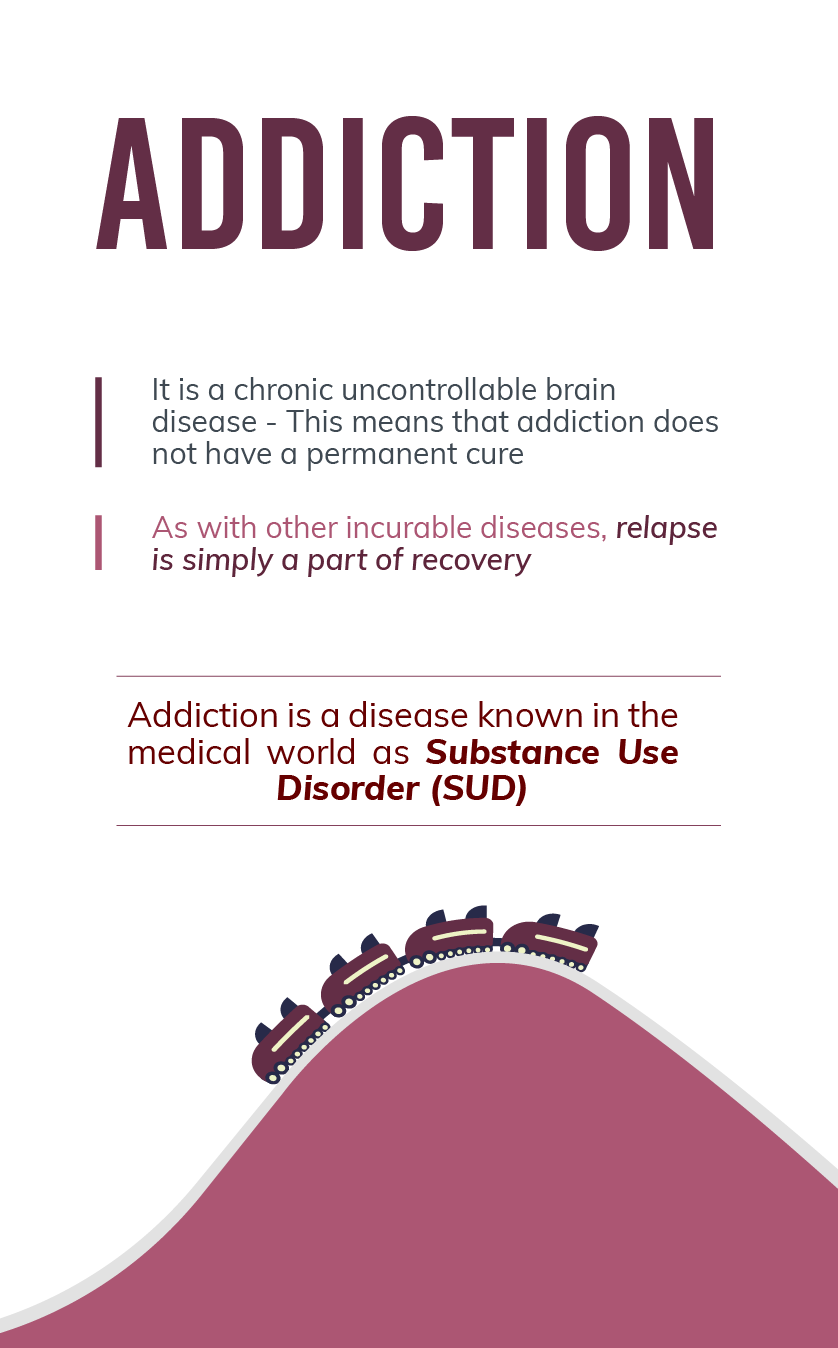
Although prescription painkillers are not considered illicit drugs unless they are abused, they can be every bit as addictive. What starts as a daily dose for pain can easily lead to addiction. Once someone becomes dependent on them, it is not uncommon for him or her to turn to cheaper street heroin after the prescription pills become too expensive or difficult-to-find. Thus the opioid crisis began and continues to plague three million people or more in the United States alone.
All opioids have a similar effect on the brain, regardless of whether they are prescription pills or heroin. The drugs stimulate an outpouring of the neurotransmitter dopamine into the brain, a "happy chemical" that causes an intense and short-lived euphoria or high. Once the user comes down, their brain will naturally crave more happy dopamine chemicals, initiating the first wave of the addiction cycle.
Stimulants
Stimulants include drugs known as "uppers", such as cocaine, meth, ecstasy, and prescription study aids like Ritalin and Adderall. These also stimulate the release of dopamine, as well as norepinephrine and serotonin, two neurotransmitters that act to energize the nervous system.
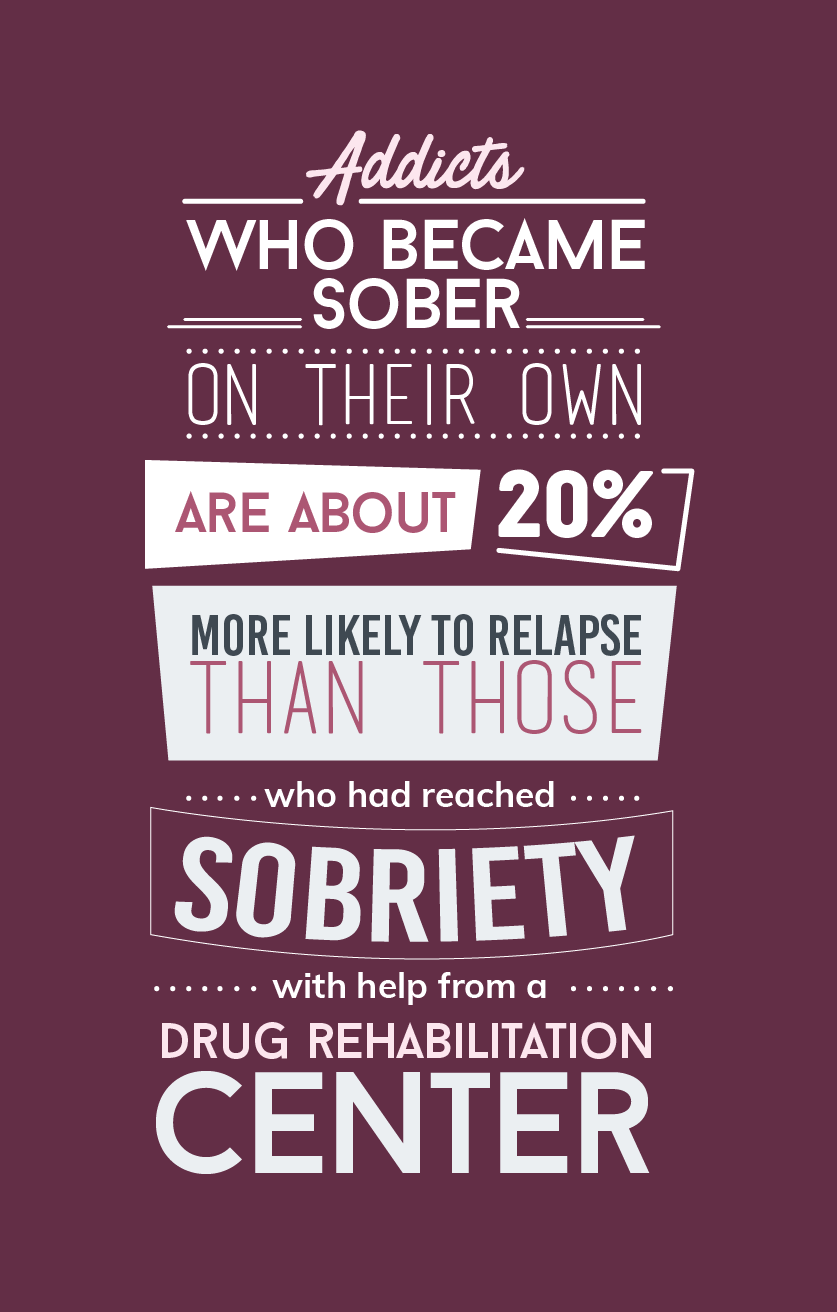
Many people say they take stimulants for the right reasons, in an attempt to increase work productivity or study well for school. Others take them in club and rave environments so that they can stay up longer, party harder, or perform better in sexual encounters. No matter what reason users take them for, stimulants are addictive and one of the most prevalent reasons for teen drug rehabilitation. Young people and teenagers are especially susceptible to the superficial and deceptive advantages of taking stimulants.
Hallucinogens
Although less prevalent today than other classes of drugs, hallucinogens still present a risk of addiction and physical or mental damage. Also called psychedelic drugs, this class of substance affects serotonin receptors as opposed to dopamine, causing significant changes in perceptions, sensations, and behaviors. In fact, using hallucinogens like LSD even a few times can permanently change neurons and message processing in the brain.
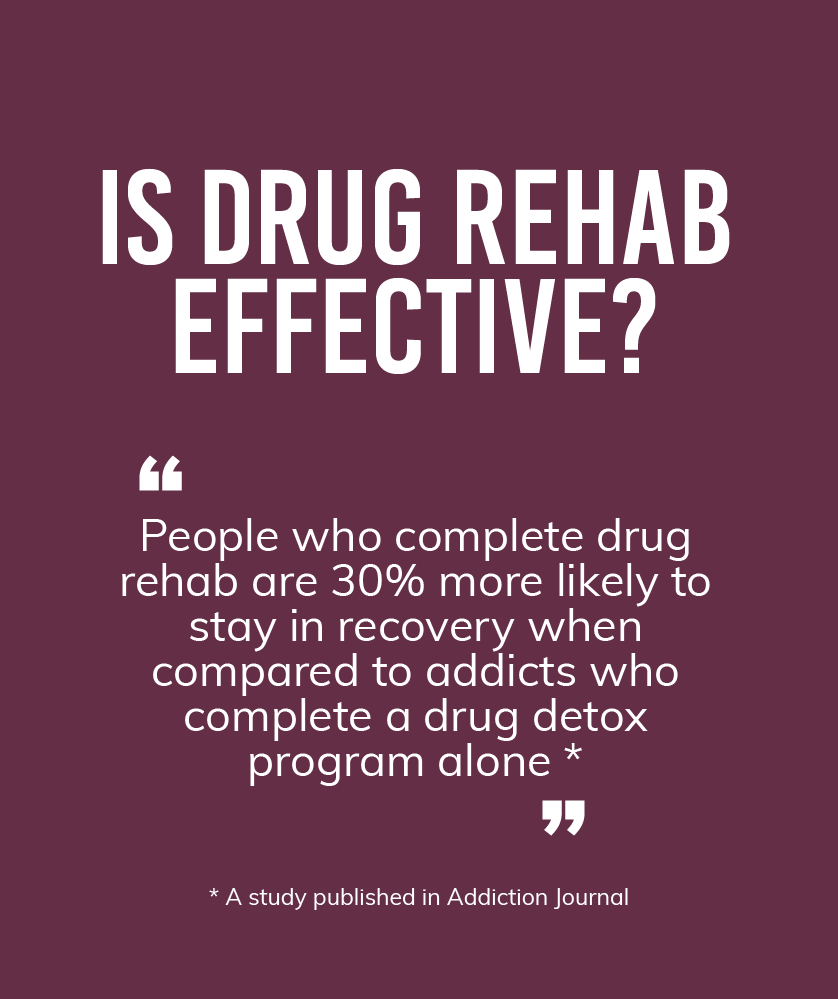
Some hallucinogens, like PCP, can be more addictive than others, but these drugs are dangerous even in casual usage because of the drastic changes they inflict on personality and behavior. They also present risk of overdose or permanent brain damage.
Other Types of Substances
Of course, the substances named above are not the only drugs that can create dangerous dependencies. Here are a few others to remain aware of:
- Nicotine (cigarettes and tobacco)
- Cannabis (marijuana or weed)
- Alcohol
- Inhalants
How Does the Drug Addiction Cycle Work?
Addiction occurs because of how drugs affect the delicate messaging system in the brain. Your feelings and sensations are controlled by tiny chemicals called neurotransmitters that work as messengers from one neuron to another. Drugs stimulate the release of certain neurotransmitters and the receptor sites that receive them, causing feelings of euphoria, happiness, pleasure, and in some cases, a burst of energy or relaxation.
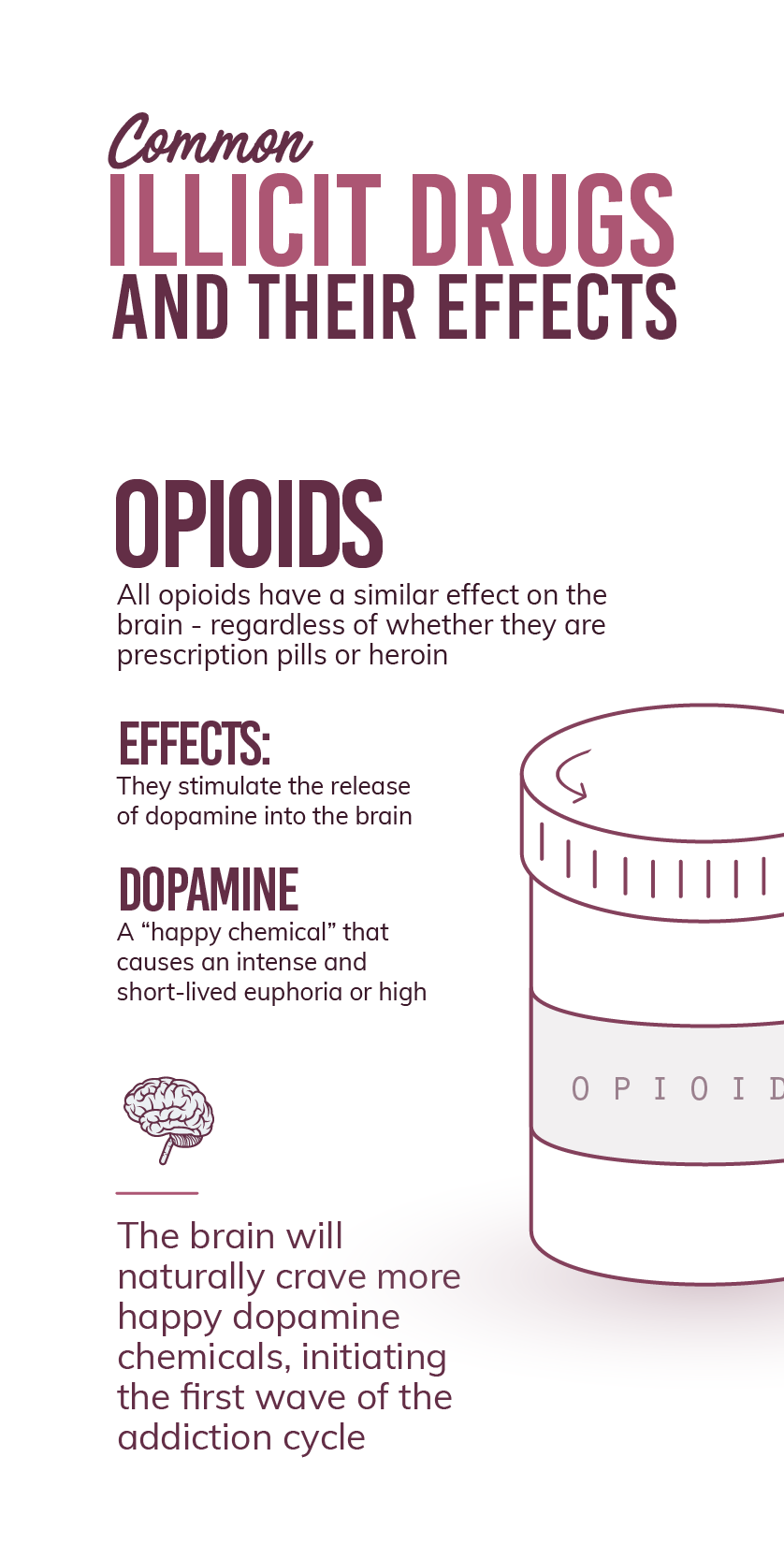
Our brains are made to seek out activities that cause pleasure because, in a natural environment, pleasure-causing activities like eating and sex are helpful to human survival. In the case of drugs however, the intense, unnatural pleasure causes a strong, unnatural craving to repeat the use of drugs, commencing the addiction cycle.
Over time, the brain becomes inundated by a flow of pleasurable neurotransmitters like dopamine, creating a severe chemical imbalance. The brain knows this isn't right, so it seeks to balance out the flow of happy chemicals by suppressing dopamine pathways and receptors. Now, the drugs are not causing the same level of high, so the user takes larger and larger doses to achieve the same euphoria as before. This is tolerance, the second phase in the addiction cycle.
Finally, a range of contrasting neurotransmitters are produced in response to the flood of dopamine and other happy chemicals in an attempt to create balance. At this point, the brain has rewired itself into a "new normal" and no longer remembers how to function without a steady inflow of illicit substances. This is the final stage of addiction; it is called physical dependency.
Now, when the user tries to stop, the sudden absence of happy chemicals in combination with an overabundance of the opposing, balancing neurotransmitters result in utter chaos - a range of painful and excruciating side effects called withdrawal symptoms. Withdrawal symptoms often exacerbate addiction still further because a drug addict will continue using simply to avoid the agony of withdrawal.
How Do Drugs Affect the Body?
Addiction affects much more than the brain. Drug abuse affects almost every system of the body and will destroy your physical health over time. Even with short term use, the effects of drug use are palpable:
- Extreme wakefulness or drowsiness
- Changes in heart rate and blood pressure
- Increased risk of heart attack or stroke
- Panic attacks
- Increase of dangerous behaviors and sexual practices
- Harmful changes in appetite
- Overdose and death
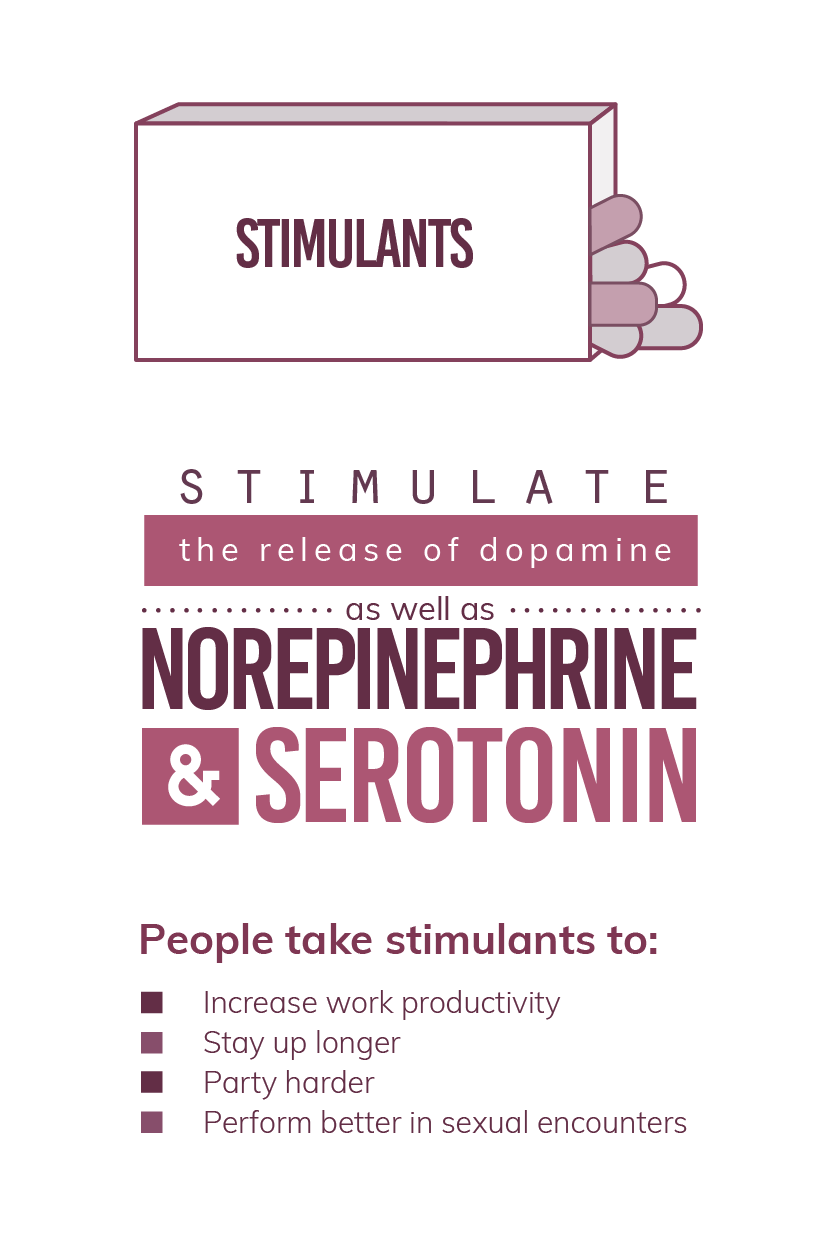
The longer the drug abuse goes on, the more damage it will do to major organ systems. Depending on your drug of choice, long-term drug use can cause:
- Hormonal changes
- Neurological damage
- Heart or lung disease
- Cancer
- HIV, hepatitis, and other infectious diseases
- Kidney and liver damage or disease
- Death
A long-term drug addict loses 18 years of life on average, according to a study by Preventative Medicine Journal.
Making the Decision to Quit Using Drugs
Once your body has become physically dependent on illicit substances, quitting becomes an incredibly difficult and drawn-out process. Detox is the first step and is considered by many to be the most difficult part of recovery. Successfully completing the drug withdrawal process will be painful, arduous, and unpleasant; you must make the decision to quit and truly commit to sobriety in order for it to work. Because detox is so difficult, it is recommended that you seek out the advice of professional addiction counselors to help you decide on the best route to manage withdrawal symptoms.
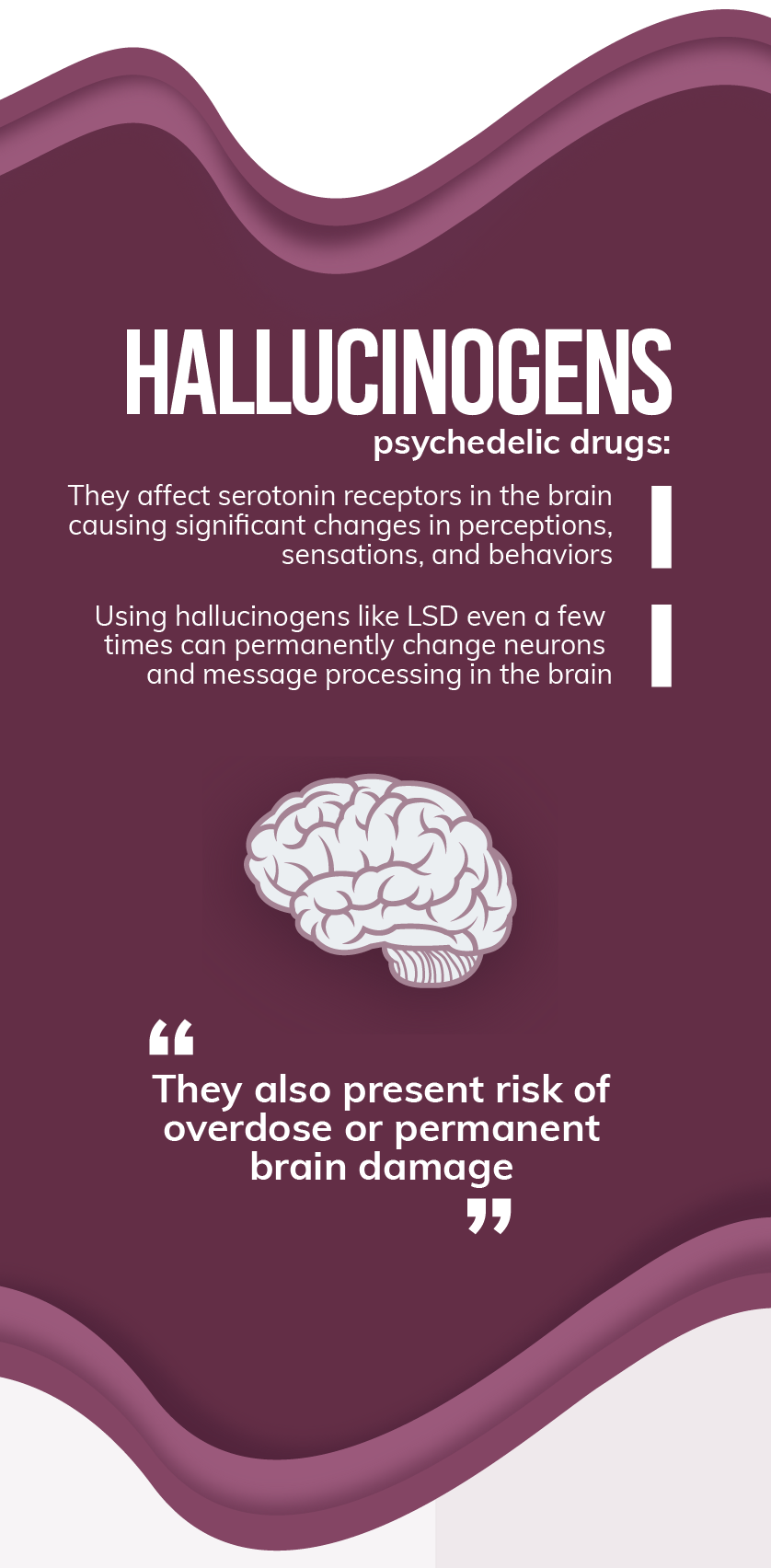
Drug Withdrawal: The Detox Phase
Detox is the process of managing withdrawal symptoms as the body sheds its physical dependence to drugs, seeks to regain chemical balance in the brain, and cleanses itself of drug-related toxins. Since the brain and nervous system have forgotten how to function without a regular stream of substances, they will be thrown into a drastic imbalance when you stop using. This imbalance results in a wide range of unpleasant physical, mental, and emotional withdrawal symptoms that vary according to your drug of choice.
Why Drug Detox?
Some people ask, "Is drug detox necessary?" or "How can I avoid drug withdrawal symptoms?" Unfortunately, drug withdrawal is simply part of the process. Once you quit using, your body will have to go through detox in order to purge itself of physical dependence.
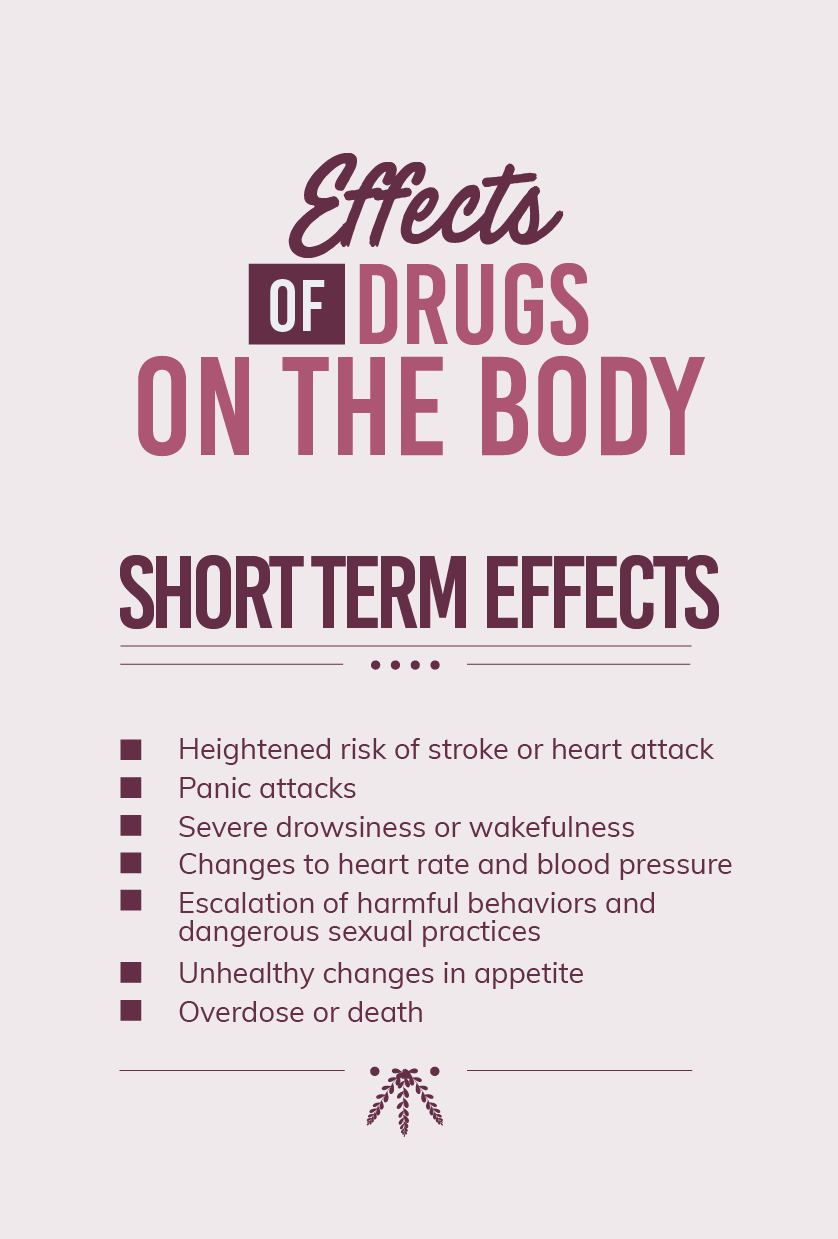
Drug detox cannot be avoided, and it cannot be skipped over, but it can be treated to some extent. Professional drug treatment centers can provide a range of therapeutic activities and treatments such as medical detox to soothe or reduce drug withdrawal symptoms. Keep reading to find out what to expect during detox and how it can be treated.
How Long Does It Take to Flush Drugs from Your System?
In general, many people underestimate how long drugs and alcohol can remain in the body's systems. This is a very important point to understand for active users, since the content of drugs in the bloodstream determines the likelihood of suffering an overdose. If you believe that heroin is flushing out of your system as soon as you begin to come down, for example, you may think it's OK to go ahead and take another dose. This could cause a potentially catastrophic buildup of heroin in your bloodstream if the drugs don't have time to leave the system before you take another dose. This behavior can quickly and easily lead to overdose.
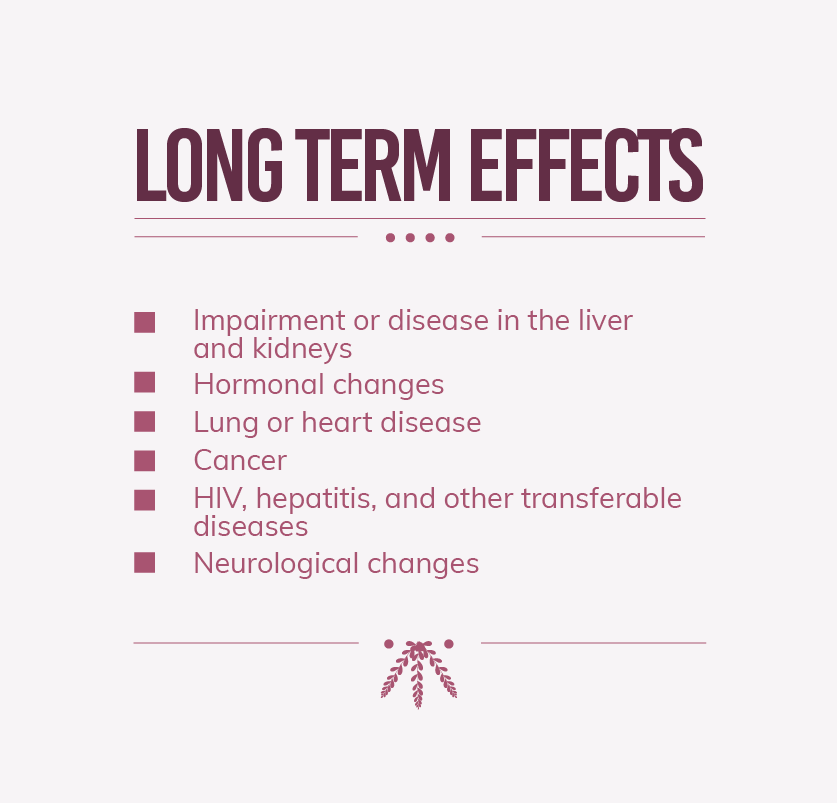
Of course, the toxins from drug abuse remain in the urine much longer than in the bloodstream, which illustrates why withdrawal can take so long. The longer the history of drug abuse, the longer it can take for the body to detoxify itself. Here are the most common substances along with their duration in the blood and urine:
Cocaine and other stimulants
- Blood: One to two days
- Urine: Three to four days
Opioids
- Blood: Up to 12 hours
- Urine: Three to four days
Methamphetamines
- Blood: 24 to 36 hours
- Urine: Three to six days
LSD
- Blood: Two to three hours
- Urine: One to three days
The Drug Withdrawal Timeline: Withdrawal Symptoms
In most cases, drug withdrawal lasts for about a week, although psychological withdrawal symptoms may last much longer for certain drugs. Below we describe the cycle and timeline of drug withdrawal symptoms for each major class of substance. The time listed represents the amount of time that has passed since the last dose:
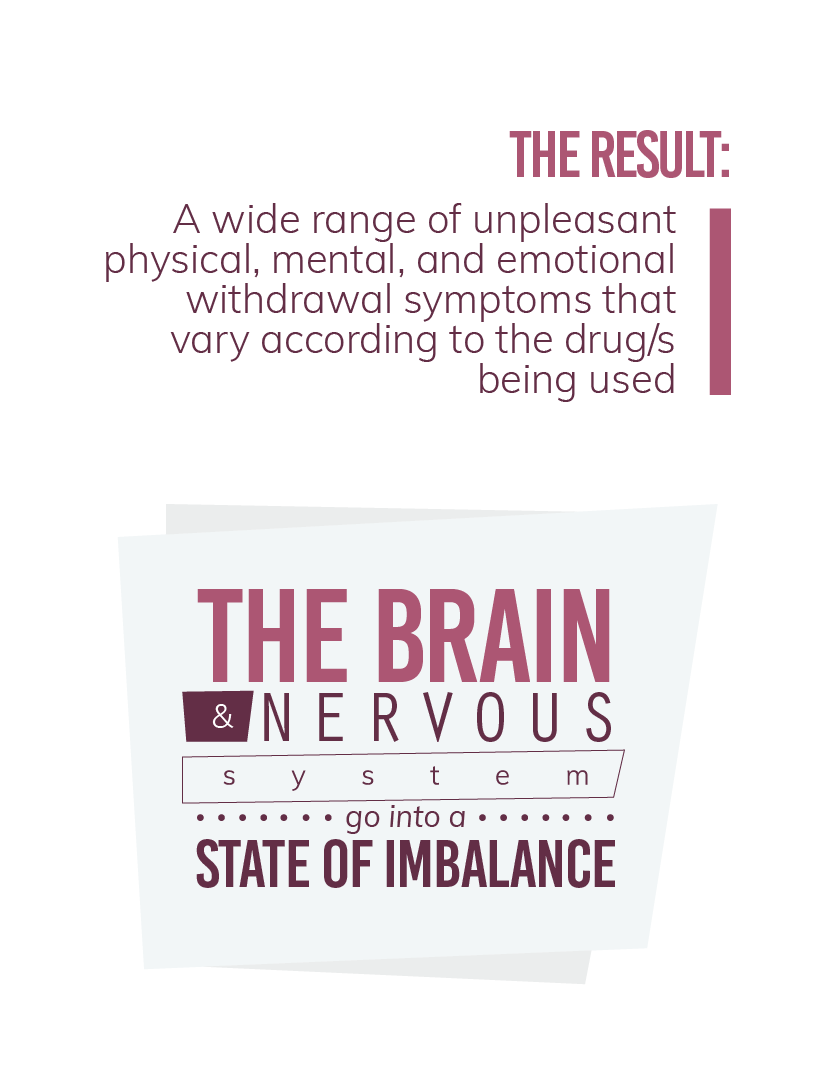
Cocaine and Stimulant Withdrawal Timeline
Stage 1: Four Hours - Three Days
- Disorientation
- Cravings
- Irritability
- Depression
- Remorse
- Sleep deprivation
- Restlessness
- Confusion
Stage 2: Four Days - Seven Days
- Anxiety
- Apathy
- Decreased cravings
- Continued depression
- Dysphoria (general dissatisfaction with life)
- Irritability
- Paranoia
Stage 3: Two Weeks - Four Weeks
After the first week, most withdrawal symptoms will fade, but some emotional side effects like depression, anger, and mood swings could last for several more weeks.
Methamphetamine Withdrawal Timeline
Technically, meth is also in the stimulant category, but its highly toxic chemical composition makes the withdrawal process a bit different.
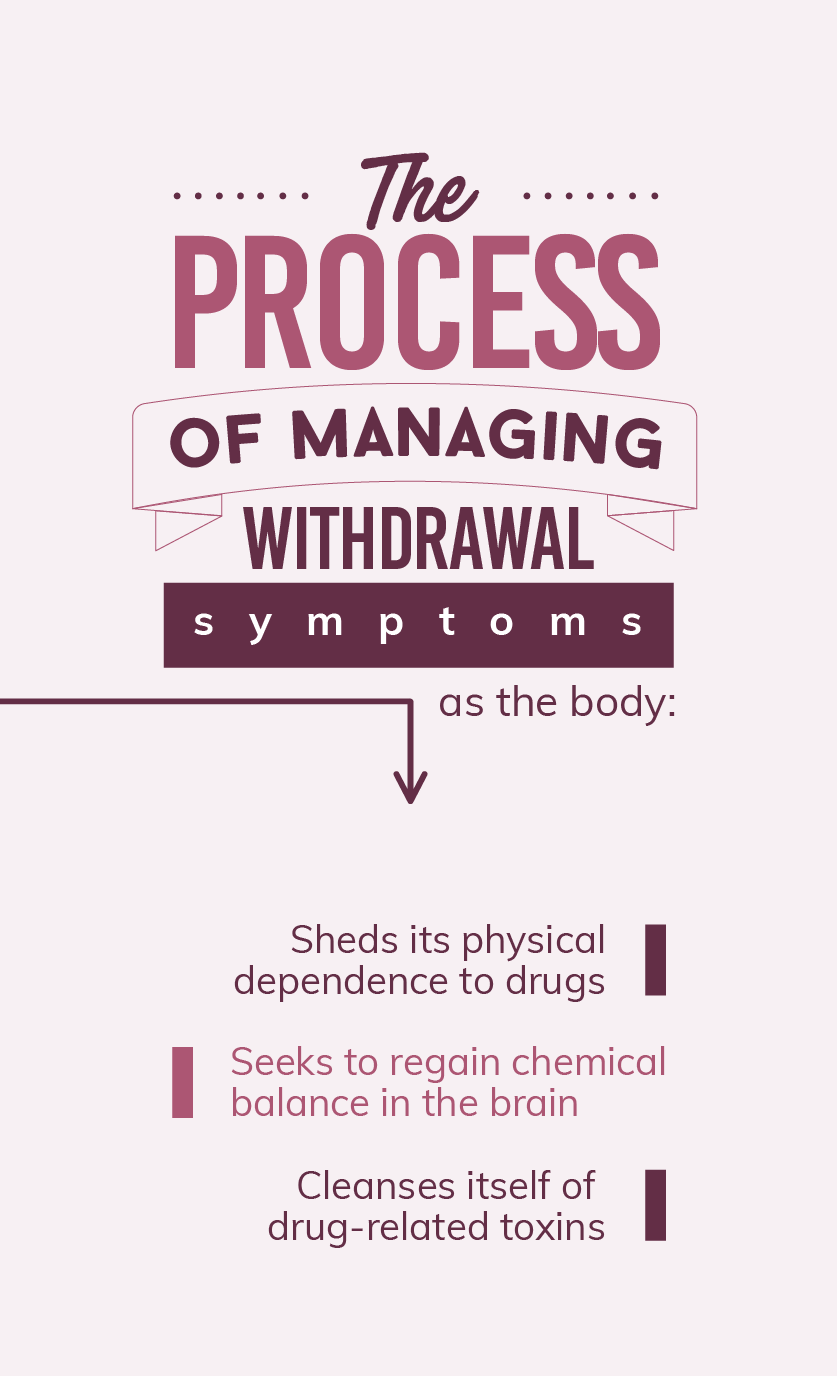
Stage 1: One Day - Three Days
- Depression
- Exhaustion
- Paranoia
- Suicidal thoughts
- Hallucinations
- Panic
- Anxiety
- Sleepiness
Stage 2: Four Days - Seven Days
- Mood swings
- Irritability
- Intense Cravings
- Aches & pains
- Agitation
- Hunger
Opioid Withdrawal Timeline
Stage 1: Twelve Hours - Two Days
- Runny nose
- The sweats
- Hypertension
- Fever
- Racing heartbeat
- Muscle aches
- Excessive yawning
- Insomnia
- Anxiety and agitation
Stage 2: Two Days - Seven Days
- Diarrhea
- Stomach cramps
- Depression
- Intense drug cravings
- Nausea and vomiting
- Goosebumps and "crawling skin" sensation
Hallucinogen Withdrawal Timeline
Addictions to hallucinogens are rare, but drugs like ketamine and PCP can cause dependence.
Stage 1: One Day - Three Days
- Hearing loss
- Fatigue
- Insomnia
- Double vision
- Depression
- Hallucinations
- Nausea
- Rapid breathing
- Delusions
- Tremors
- Rage
Stage 2: Four Days - Fourteen Days
Through the following weeks, the symptoms will remain the same but fade slowly for about fourteen days.
Going Through Drug Detox at Home
Many recovering addicts prefer to go through drug detox at home. Not everyone has the time and resources to attend long-term drug rehab in an inpatient facility. For those who maintain a steady job, support a family, or keep a busy schedule, going through withdrawal at home may sound like an attractive option.
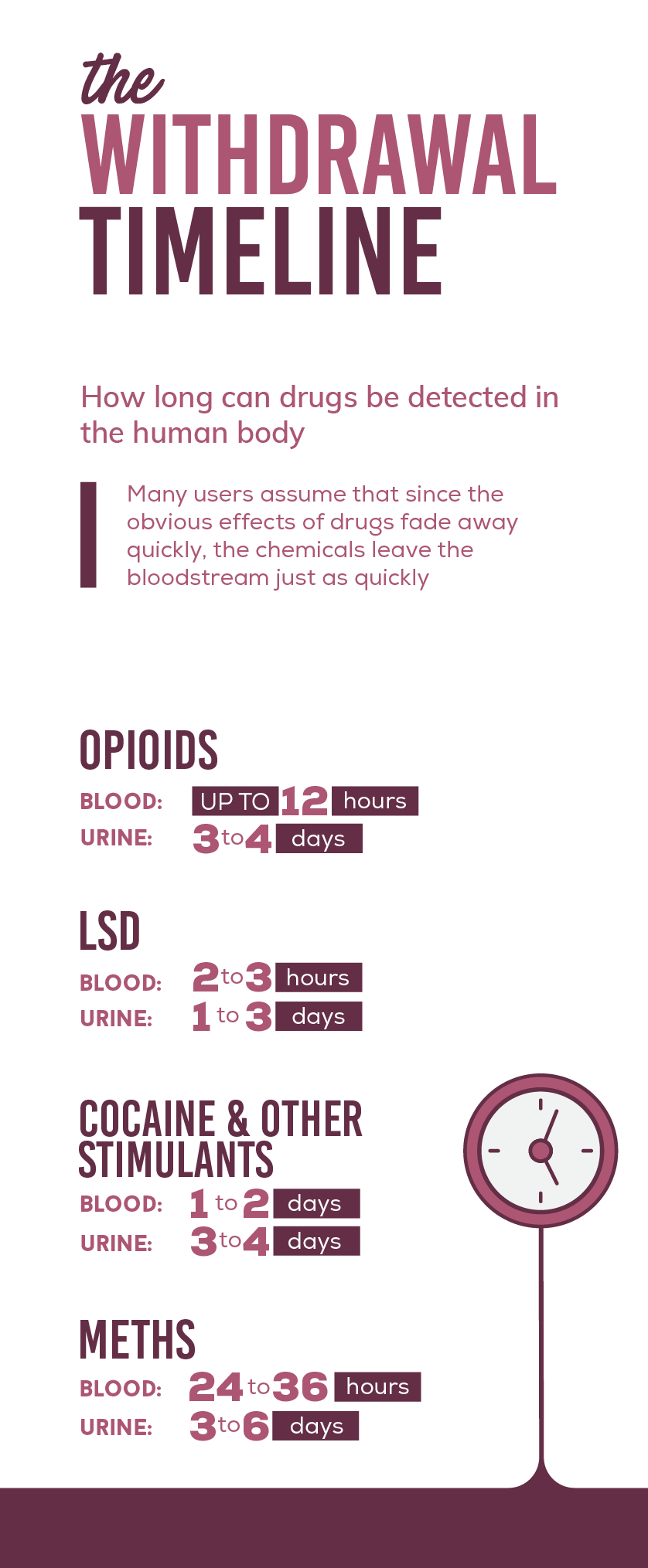
While this scenario can work well in many cases, it is important to understand the risks of undergoing detox at home and how to go through the process in the safest way possible. It is never recommended to undergo drug withdrawal at home alone without professional supervision. Here are a few reasons why:
1. Dangers Presented by Withdrawal Symptoms
Especially for long-term drug users, drug withdrawal can be dangerous in and of itself. Opioid users, for example, can become critically dehydrated from prolonged bouts of vomiting and diarrhea.
Cocaine or meth addicts, on the other hand, may be plagued with intense suicidal thoughts that were not previously present. Without counseling and medical supervision, emotional withdrawal symptoms such as these can lead to self harm or even suicide.
2. Risks of Relapse and Overdose
The probability of relapse is greatest during the drug withdrawal phase. This is not surprising considering how difficult and painful drug withdrawal symptoms can be. Without any medical or therapeutic treatments to help the process along, drug detox is a miserable experience. When relief from the pain is as simple as a single dose of drugs, it is easy to see why so many addicts relapse within the first few days of detox.
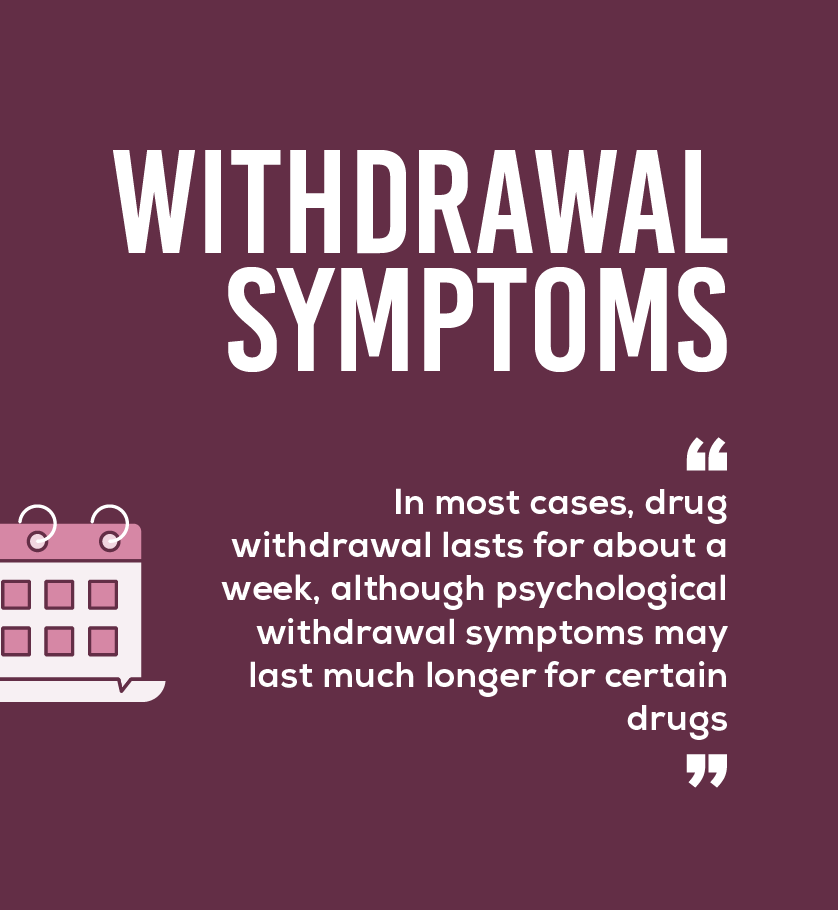
Relapse during detox is dangerous as well as unfortunate. Since drug tolerance levels drop significantly within the first days of withdrawal, overdose becomes much more likely. A user who had previously built up a high tolerance to their drug of choice will assume that they can consume the same dose that they were taking only two or three days before. Now with a lowered tolerance, however, that same dose can cause overdose and death.
Professional drug detox treatments and supervision can help to prevent relapse. Even if you have medical supervision and approval from your doctor to do it at home, it is still recommended not to go through drug withdrawal alone. Ask a friend or family member to stay close by and help you though.
3. Lack of Therapeutic or Medical Intervention
Even in outpatient (home-based) drug addiction treatment programs, doctors can help patients through the detox process in the safest and most comfortable way possible. There are a wide variety of treatments that can make the process more bearable, none of which will be available to those who choose to go through drug withdrawal alone.
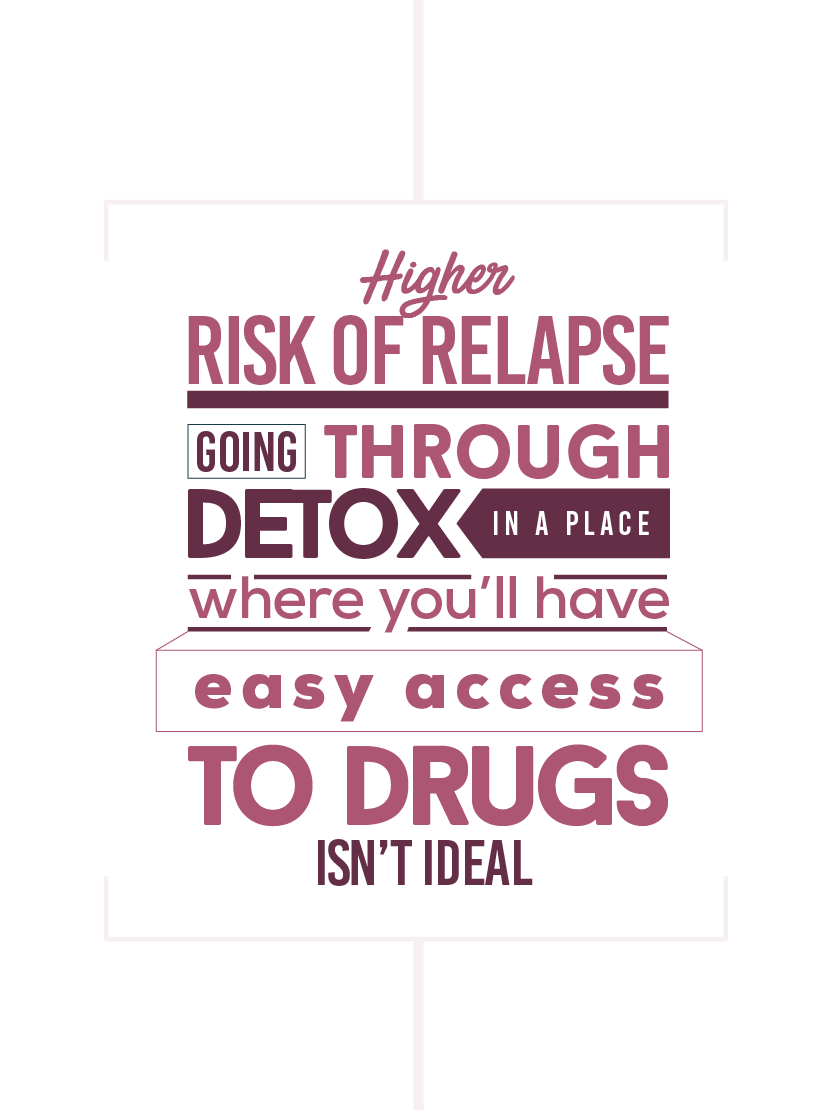
Many programs exist to aid recovering addicts through the drug withdrawal and detox process from the comfort of their homes. Going through it cold turkey without help is much more difficult, not to mention much more dangerous.
Drug Detox Treatment Centers
Completing drug detox with the help of a drug treatment center leads to much higher recovery rates. Whether you choose an outpatient drug rehab facility or a residential drug treatment program, professional addiction counselors and doctors can improve the drug withdrawal process in countless ways. Here are some detox treatments offered by drug abuse treatment centers:
1. Medical Detox
Medical detox involves the use of specialized prescription medications to relieve the symptoms of drug withdrawal and prevent relapse. Depending on your drug of choice, some medications can significantly reduce drug withdrawal symptoms and cravings.
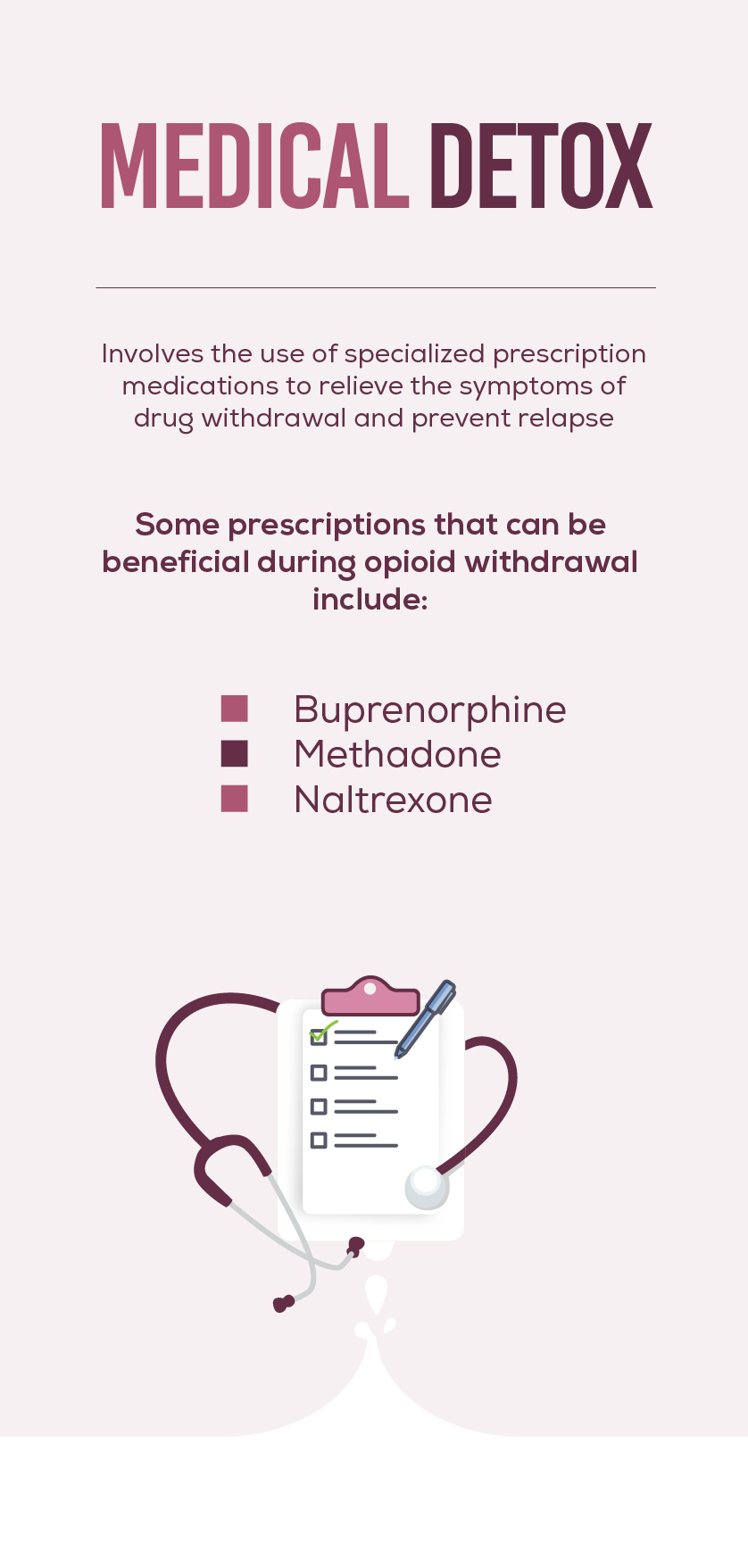
According to SAMHSA, Opioid Replacement Therapy (ORT) using FDA-approved synthetic opioid medications is one of the most effective ways to treat opioid detox. These medications bind to opioid receptors in the brain, tricking the nervous system into thinking that it is still receiving opioid drugs while blocking the euphoric high sensations that cause addiction. Under ORT treatment, withdrawal symptoms are greatly reduced because the brain never realizes that it is, in fact, going through withdrawal. Slowly, the medicine will be tapered off as the brain regains a healthy chemical balance. Some prescriptions that can be beneficial during opioid withdrawal include:
- Buprenorphine
- Methadone
- Naltrexone
Prescriptions like naltrexone can nullify the pleasurable effects of substances like opioids or alcohol, eventually conditioning the brain to stop associating drugs with euphoria, therefore reducing addictive tendencies and cravings.
Medical detox for meth and other stimulants can be a bit more involved. Doctors must carefully monitor each individual's drug withdrawal symptoms in order to formulate the appropriate combination of prescriptions. Most medications used in stimulant medical detox are intended to treat the intense emotional symptoms associated with this type of withdrawal, such as:
- Olanzapine - to treat suicidal thoughts, deep depression, or aggression
- Antidepressants - for cases of depression and dysphoria
- Diazepam - to reduce severe anxiety and agitation
- Modafinil - a mild stimulant that helps with a severe "come down"
2. Therapeutic Activities
Besides medicinal treatment, there are therapeutic activities that can prove effective at soothing withdrawal symptoms, improving emotional balance, and facilitating the body in its efforts to purge toxins:
- Yoga
- Mindfulness and meditation
- Art therapy
- Gym workouts with a personal trainer
How Drug Abuse Rehabilitation Works
Once the physical addiction begins to pass, it is advised to begin treating the psychological factors of addiction immediately; this is where rehab drug treatment comes in. Psychological addiction refers to the deeper psychological and social factors that attribute to substance use disorder. Things like insecurity, social anxiety, and mental illness can exacerbate addictive tendencies.
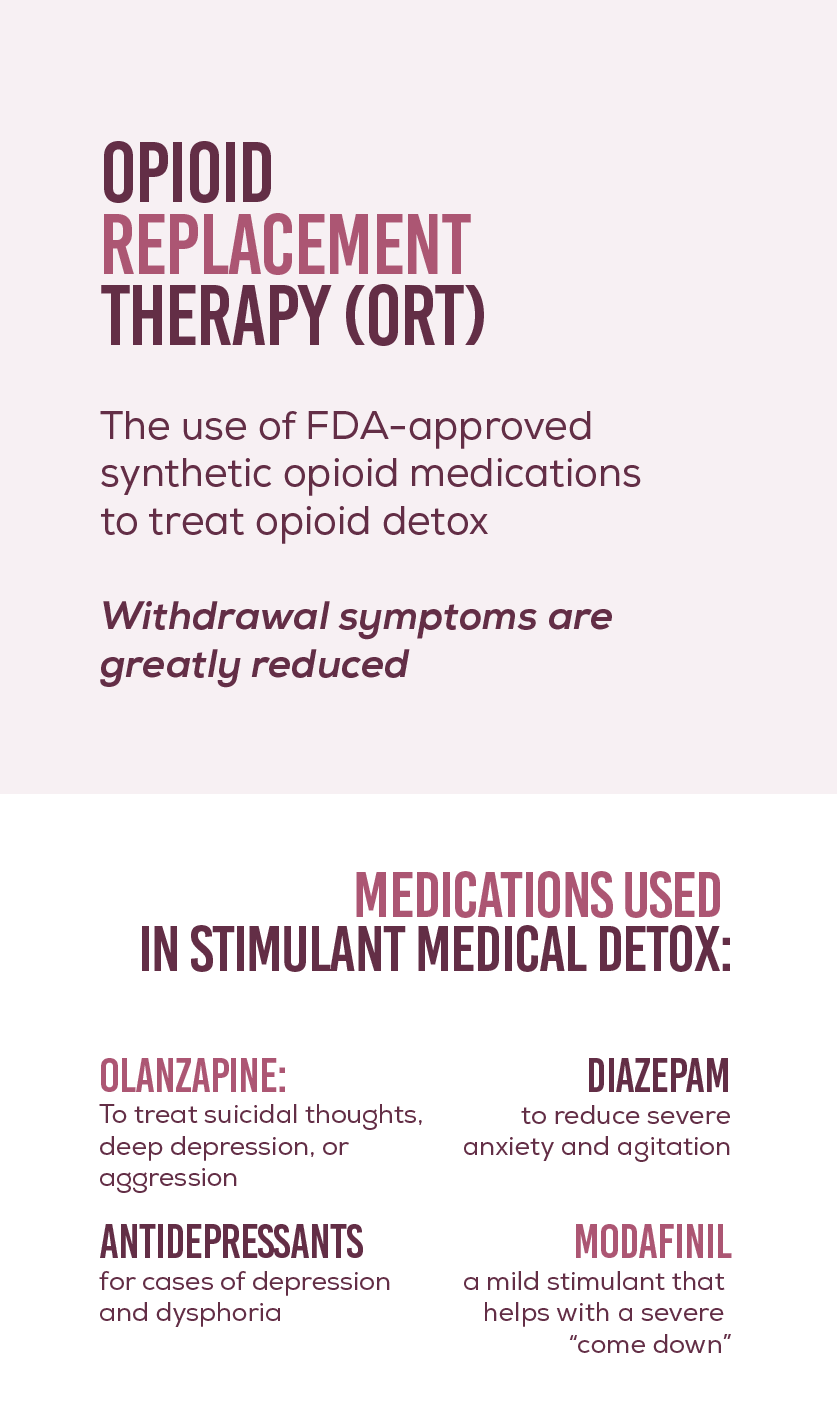
Treating physical dependence without going on to finish the drug rehabilitation process is like throwing on a pair of pants without buttoning them. They are likely to fall off at any moment. Drug rehab is the safeguard that will help make sobriety and recovery last.
During the drug rehab process, a professional team of doctors and counselors will help you to investigate the intricacies of your own personal addiction. Through a series of individual and group counseling sessions, therapeutic activities, and medical intervention, you will come to understand the nature of your addiction a well as how to cope with triggers and cravings.
Without drug rehab treatments and the help of addiction specialists, it is unlikely that the average drug addict will develop the understanding and tools needed to overcome substance use disorder. One reason for this difficulty is the rewired brain.
After the brain has become physically dependent on a foreign substance for any amount of time, its neural pathways and responses will become changed. This is a physical, permanent change that makes addictive tendencies and relapse more likely in the future. Once the brain has become rewired in this way, it will require constant vigilance and commitment on the part of the recovering addict to stay sober. Learning how to persevere despite the rewired brain is one of the objectives of drug rehab and addiction treatment.
Drug Rehab Success Rates
If you read statistics on various drug rehab websites, you'll find that drug addiction treatment "success rates" vary wildly depending on the source. For accuracy's sake, it's best to look to verifiable clinical studies and surveys to get an idea of how well addiction rehab works. Below are a few reliable statistics:
- A study in Addiction Journal showed that long-term recovery rates were almost 20% higher for patients who received addiction treatment versus those who did not.
- Another article published in Addiction Journal found that of meth users who completed rehab, 48% were still clean after three months as opposed to 15% of meth users who completed detox alone.
- This survey by the Department of Behavioral Health and Intellectual disAbility Services found the average rate of recovery after drug rehab programs is 46% versus the 17% recovery rate of individuals who completed detox alone.
- One study published by the Archives of General Psychiatry Journal found that out of 1,605 cocaine users, 73% stopped using for at least a year after going through drug rehab.
As you can see, the success rates for drug rehabilitation treatment are clearly advantageous, but not staggering. You won't see any clinical studies showing rehab success rates of 90% because relapse is simply a part of the recovery journey. Although one relapse would count as a failure for the purposes of a clinical study, relapse does not equal failure in real life.
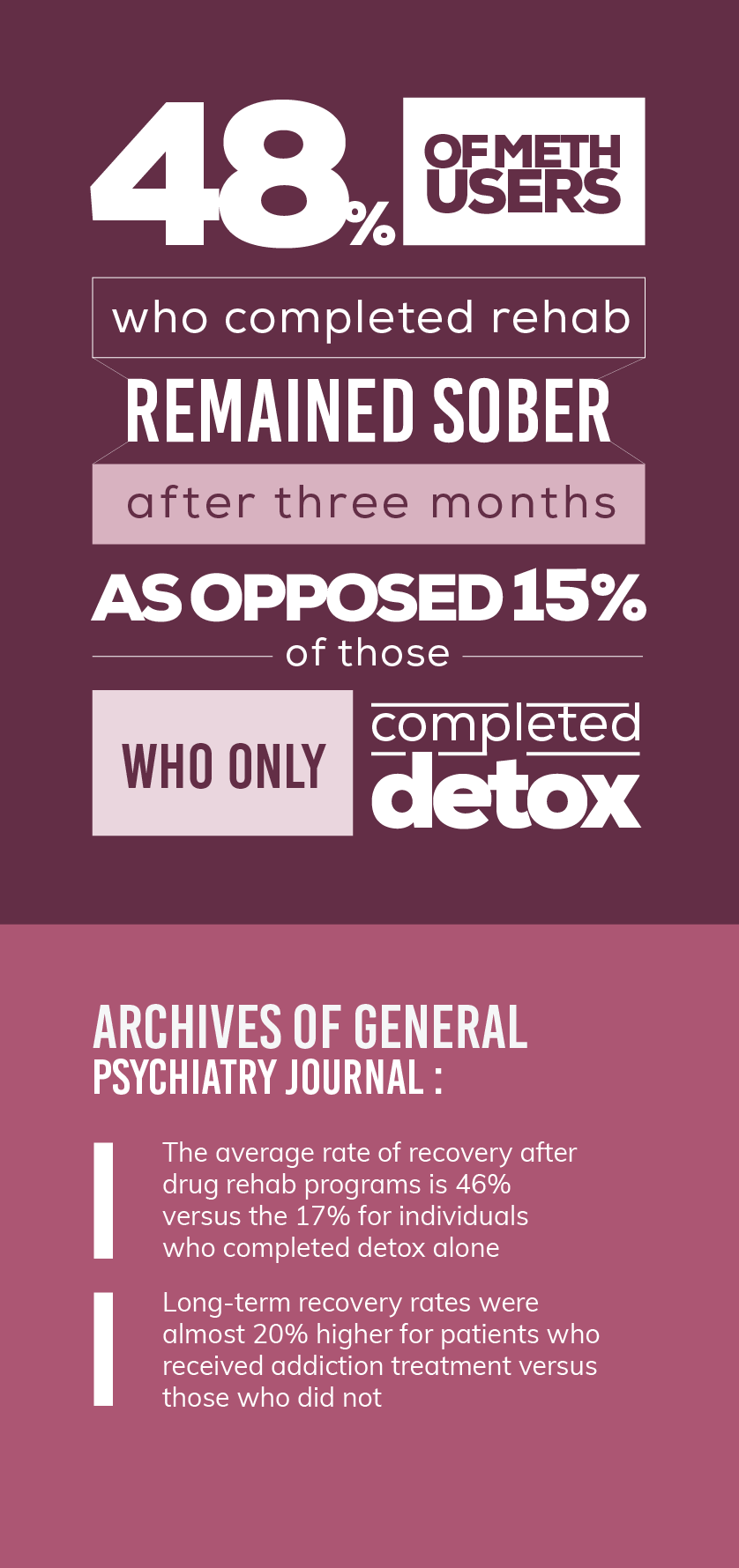
Despite the occasional relapse, going on to regain sobriety and remain in recovery after a relapse is a great success, never a failure. Many recovering addicts are able to turn around and continue with their recovery after a relapse. If you have relapsed into drug abuse several times however, it may be time to seek out more help.
How Can Drug Addiction Be Treated?
Advanced Addiction Treatment Methodologies
The addiction treatment methodologies listed in this section are some of the most advanced and medically involved types of drug rehab therapy.
Medically Assisted Drug Treatment
Previously we described how specialized medicines can be used to improve the drug withdrawal process. Although it does not not work exactly the same way, many of the same medications used during detox can be continued into rehab.
There are many reasons to continue medical intervention during drug rehab. For opioid patients, ORT or naltrexone can greatly reduce cravings and the possibility of relapse. For meth addiction, withdrawal symptoms of depression or other psychological side effects can continue for weeks after the initial detox phase. Treating these symptoms with antidepressants or other psychological medications can greatly improve a patient's ability to participate and make progress during therapy.
While medically assisted treatment is beneficial during every stage of addiction treatment, it is important to remain aware of the possibility of forming a dependence to the medications. For this reason, most programs will taper off the medications slowly and completely halt their use by the end of rehab.
Dual Diagnosis Treatment
As much as 60% of those who suffer from acute substance or alcohol use disorder have also suffered from some kind of mental disorder. It is common for addiction and mental illness to go hand-in-hand, but not all drug abuse rehabilitation facilities offer dual diagnosis treatment. Especially for teenage drug rehab, dual diagnosis can be the key to a successful recovery journey.
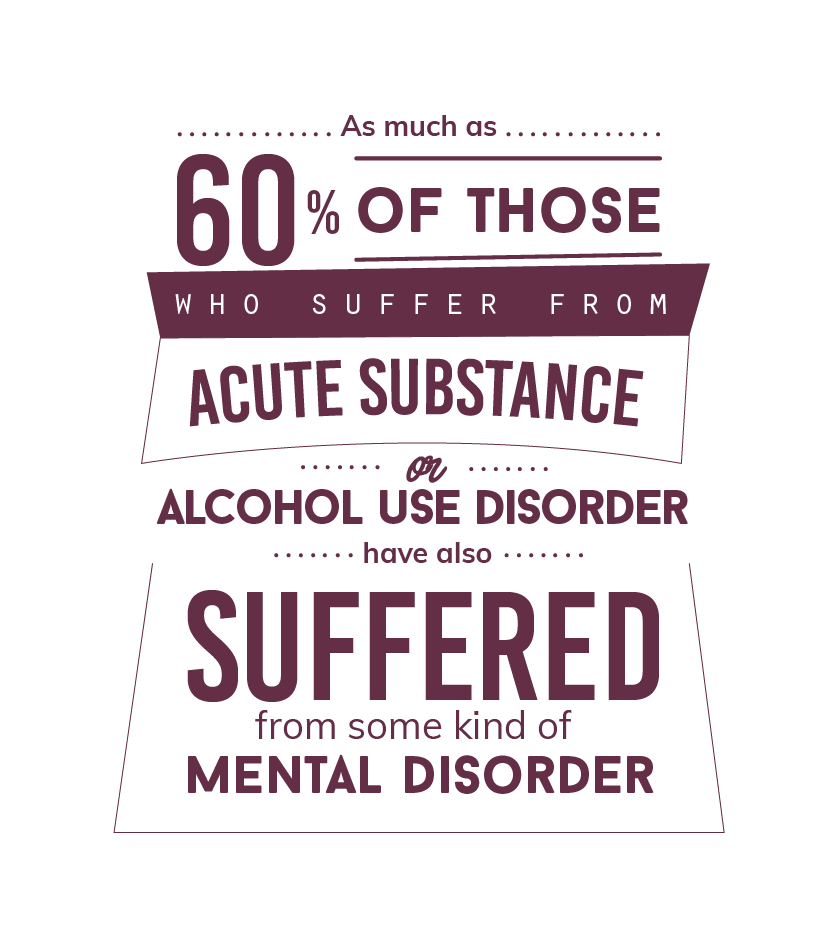
Dual diagnosis treatment refers to the examination, diagnosis, and treatment of co-occurring mental health disorders that underlie addiction. Studies show that treating co-occurring disorders together in an integrated approach is more effective than treating them separately. This strategy to drug addiction treatment allows for a more individualized and targeted approach than traditional methodologies.
Neurofeedback Therapy
One of the most innovative methods in drug rehab is neurofeedback therapy. It works like this:
The patient is attached to a range of electrodes that detect brain patterns and activity. While the electrodes analyze your brain activity, a series of images and sounds are played on a screen to detect your responses.
Over several sessions, the program will get a feel for your emotional and intellectual responses and begin stimulating certain patterns. Calm, rational thought patterns will be rewarded while irrational, impulsive, and addiction-triggering patterns will be discouraged. Over time, the brain can be rewired to once again work in more logical, healthy processing behaviors, reducing addictive, irrational, and reckless thought patterns in the future.
Although the process sounds like something out of a sci-fi movie, neurofeedback therapy can have a dramatic effect on long-term recovery rates.
Holistic Rehab Drug Treatment
Holistic treatment focuses on the mind and body as a whole unit, incorporating gentle techniques to improve both physical and mental health at the same time. Since addiction is caused by both physical and psychological factors, holistic addiction therapy is an excellent way to recuperate the mind, body, and overall well-being. Here are some of the practices offered in a holistic drug rehab center:
- Dietary supplements like herbs, vitamins, minerals, and probiotics
- Exercise and movement therapies
- Massage therapy
- Hipnosis
- Art therapy
- Meditation and other relaxation techniques
- Balanced diets and vitamin replenishment
- Yoga
- Acupuncture
Traditional Approaches to Drug Rehab
While innovative and holistic therapies can work wonders, there are still a great many benefits to be gained from traditional counseling methods. Some of the traditional drug addiction rehab techniques that are included in most treatment facilities are:
- Dialectical behavior therapy
- Educational classes
- Community assimilation outings
- One-on-one counseling
- Gender-specific process groups
- Strength-based therapy
- Bibliotherapy
- Family therapy
- Cognitive behavioral therapy
- Contingency management
Costs of Drug Rehab
"How much does drug rehab cost?"
It was probably your first question; however, calculating the cost of drug rehab is not as easy as estimating the cost of a gallon of milk at the grocery store.
First, there is insurance to consider. Many insurance providers cover a part of substance abuse treatment, so your first call should be to your carrier to inquire what is included in your plan.
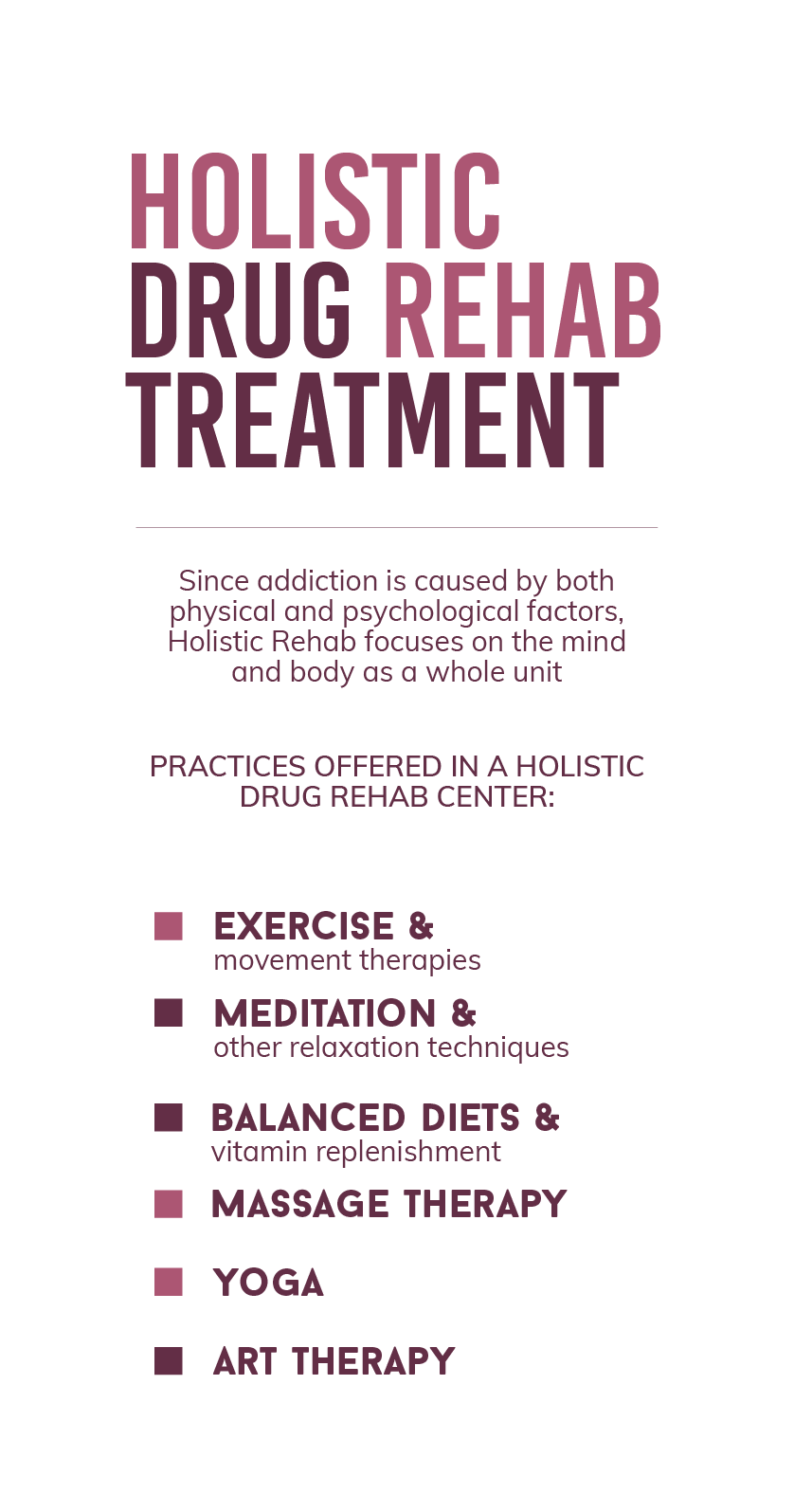
Once the insurance details have been ironed out, you will need to contact your drug rehab center of choice and begin your initial assessment. A quality addiction rehabilitation facility will provide you with a highly individualized treatment plan. Length of treatment, types of treatment, and prescriptions will all vary according to your needs. Because of these variable factors, it is impossible to calculate the cost of drug rehabilitation before some initial assessments have taken place.
Barriers to Entering Drug Treatment
Much like the myths that surround addiction in general, drug addicts tend to come across a lot of barriers and perceptions that they believe will prevent them from receiving the help they need. Read some of the barriers and excuses below and consider if they sound familiar.
"I can't afford substance abuse treatment."
Yes, some drug rehab programs seem expensive, until you compare them with the cost of drugs. If you are a regular user, the numbers will speak for themselves. Add up the average amount you spend per week on illicit substances and add that to the amount you will continue to spend in the months and years to come if you don't receive the help you need. In the end, addiction treatment is much less expensive than the addiction itself.
"There aren't any good drug rehabilitation programs near me."
Especially if you are interested in an outpatient program, this can be a dilemma. There are drug treatment options in all 50 states, however, so the barrier of location can often be overcome with enough determination. First, contact your local Narcotics Anonymous chapter or community health center and ask which options are available in your state. Commuting for a few hours several times per week may be worth the time if it means you can achieve lifelong recovery. If that doesn't work, other measures may be necessary, such as staying for a few weeks with a relative in another area, or looking into residential programs instead. Remember, sometimes recovery is a difficult journey, but it always worth the effort.
"I will lose the respect of my peers."
There is some shame or sense of failure that surrounds the idea of drug rehab. Whether it's divulging your problem to a boss or loved one, or the ridicule of small-minded peers, admitting that you need help can be a challenge. For those that truly care about your well-being, however, there can only be pride and support for such a decision. Eventually, drug abuse can destroy your most important relationships. Admitting you have a problem would do minimal damage in comparison.
Inpatient vs. Outpatient Therapy
If you have made the decision to get help for drug addiction, the next decision will be what kind of treatment you need. Here is a little more information about each option:
- OP: Outpatient addiction therapy is ideal for those who maintain a busy work schedule and/or family life. Parents and professionals often choose this route in order to maintain their responsibilities while attending drug rehab treatments for several hours per week.
- IOP: Intensive outpatient treatment also allows patients to live and sleep at home, but the schedule is more rigorous. In this scenario, you would need to attend 12 hours or more of therapy each week to complete the program. This type of program can also be flexible enough that you could maintain a work or family schedule, while the extra hours of treatment may be beneficial for more escalated addictions.
- Residential or Inpatient Therapy: Long-term residential drug rehab requires patients to live, eat, and sleep within the facility. This is the ideal situation for severe or long-term addicts who need round-the-clock care and supervision, especially during the detox phase. Most inpatient addiction treatment programs last about 28 days.
What Happens After a Drug Addiction Rehabilitation Program?
Once the initial drug rehabilitation is complete, an individualized aftercare program will be developed by your team of addiction specialists. Continued outpatient treatment or therapy sessions may be prescribed for the months ahead, or partial hospitalization if you're coming out of an inpatient drug treatment program.
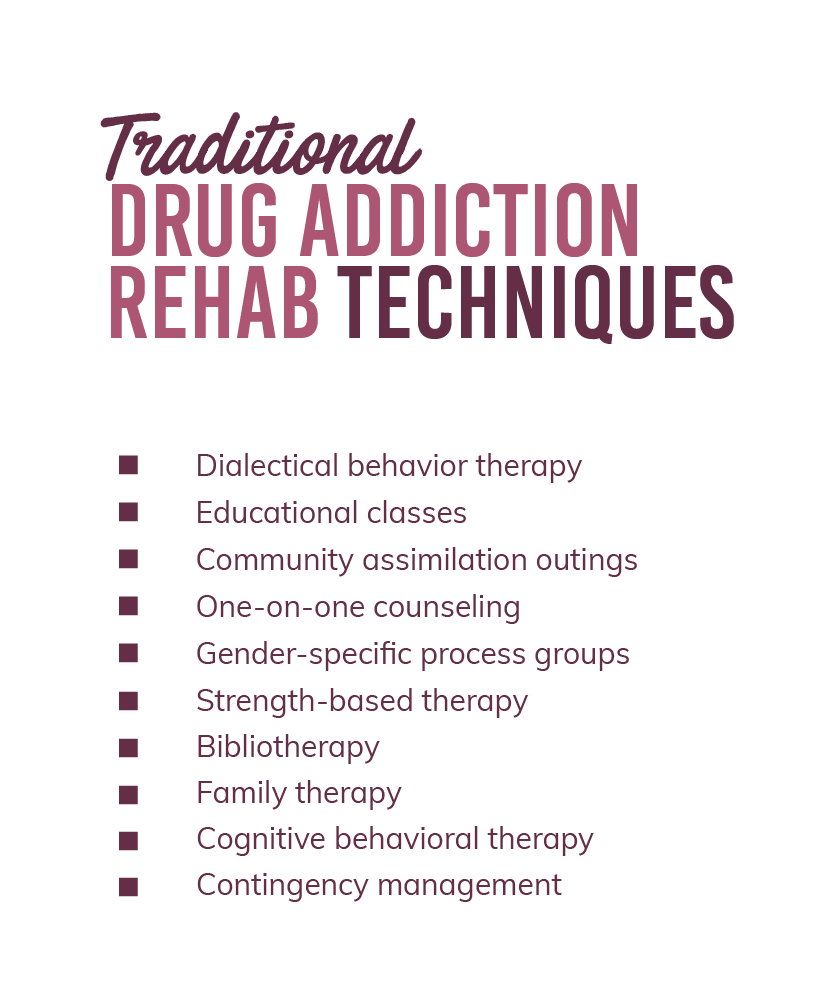
Depending on your needs and progress, you will continue to receive treatment at some level until you and the professionals at the facility feel confident that you are ready to cope with the challenges of a sober lifestyle. Even then, you won't be alone.
Recovery Resources
Before your drug addiction rehabilitation treatment ends, a good rehab center will provide you with a list of resources and contacts in your local area that support long-term recovery. Support groups and local community-based counseling may be recommended, as well as any of the following recovery groups:
- Narcotics Anonymous
- Smart Recovery
- S.O.S
- NAR-ANON
Put an End to the Myths and Lies
If you or a loved one has been struggling with drug addiction for long, it's likely that you've heard some of the myths, lies, and excuses discussed in this article. Drugs won't support your creativity, help you do well in school, or improve your social life.
Location, money, and misplaced shame are usually excuses that can be overcome with some time and dedication. Put your health, family, and future first. Free yourself from the lies, and find truth in your recovery journey.
Talk to a Rehab Specialist
Our admissions coordinators are here to help you get started with treatment the right way. They'll verify your health insurance, help set up travel arrangements, and make sure your transition into treatment is smooth and hassle-free.
[DirectNumber] Contact Us
Share This on Social Media


